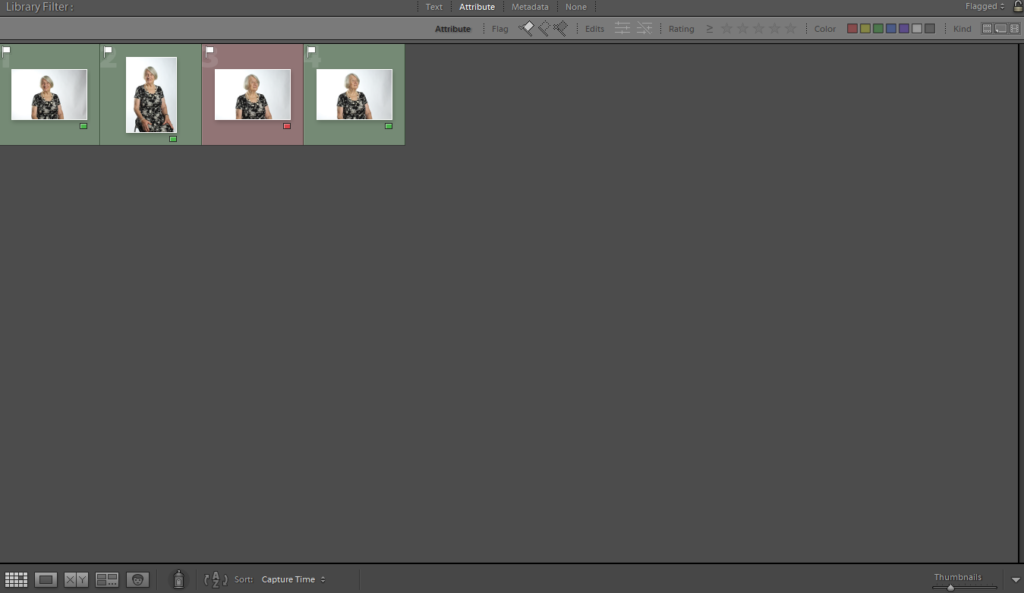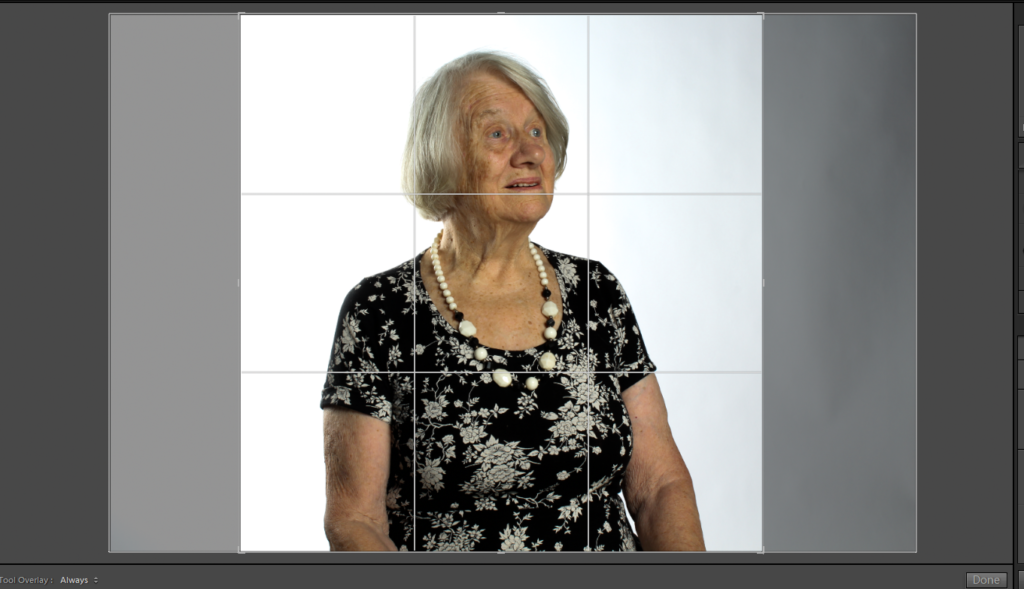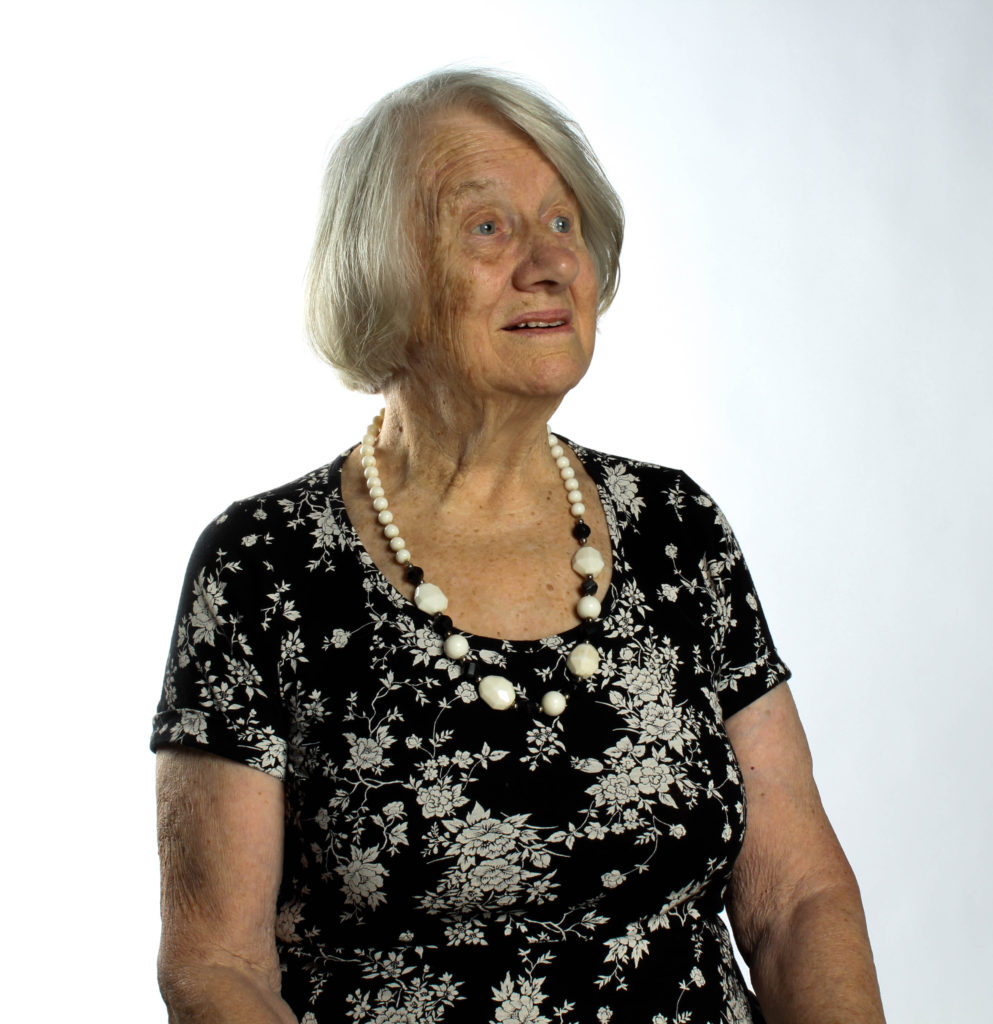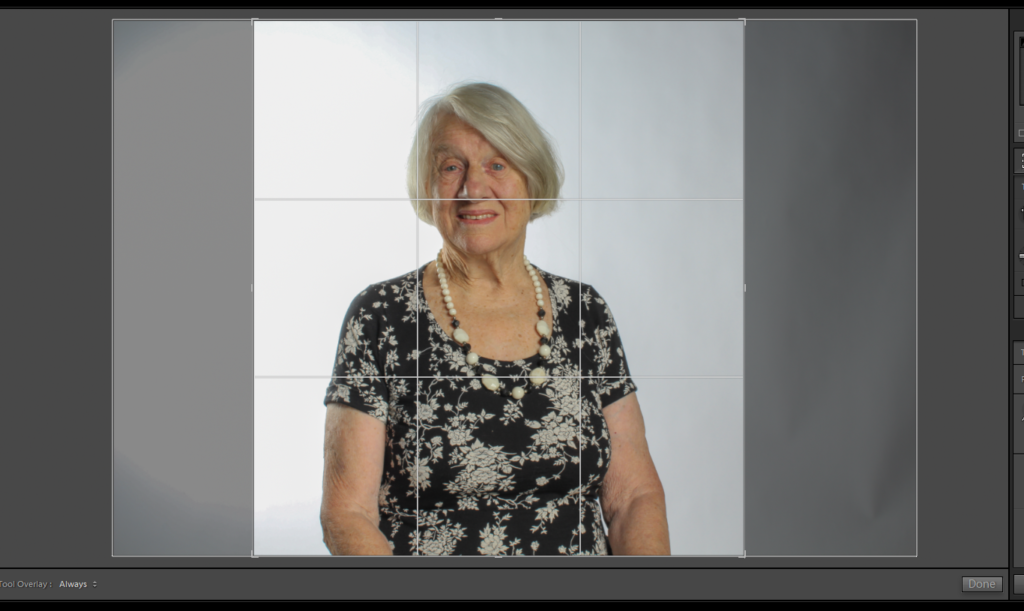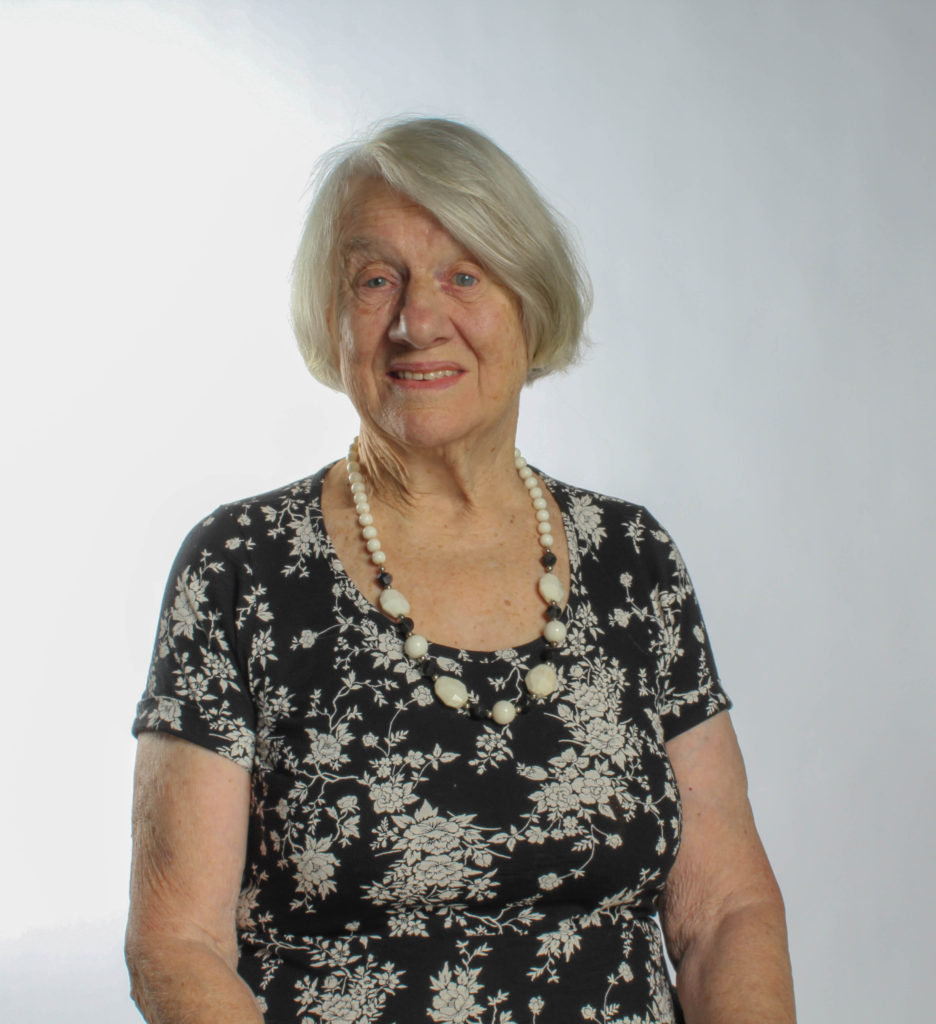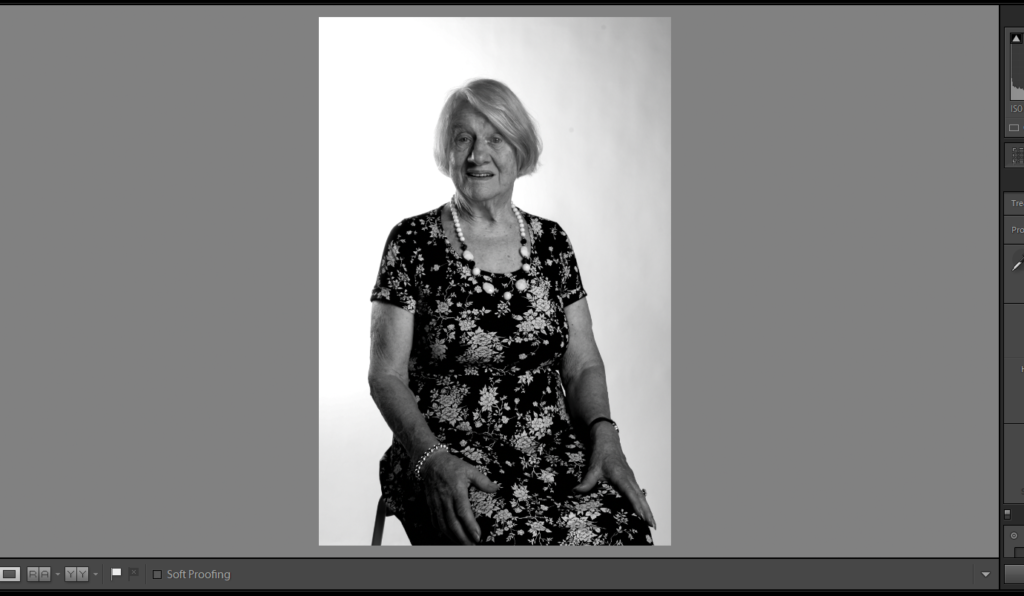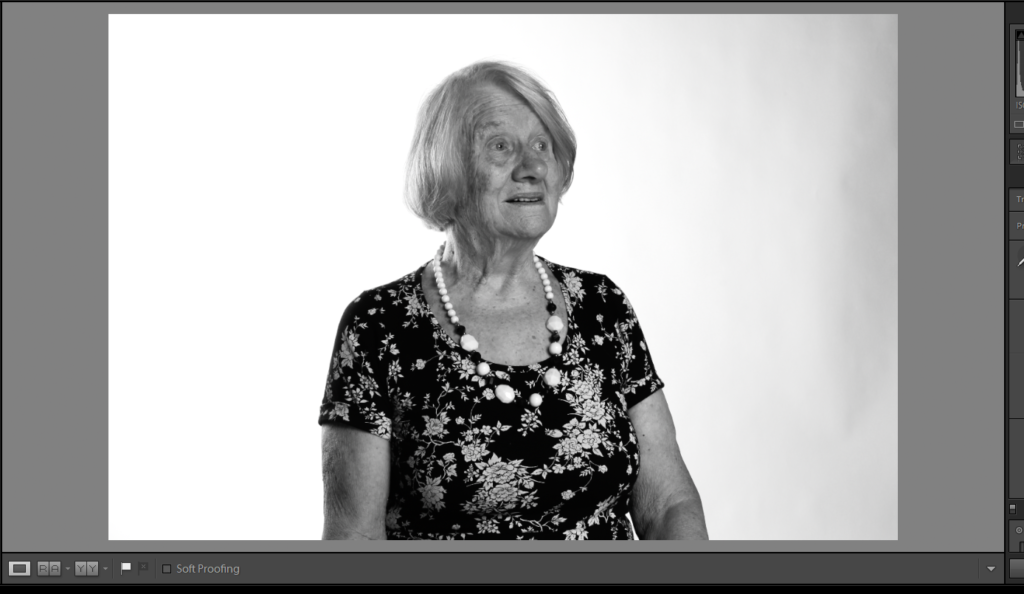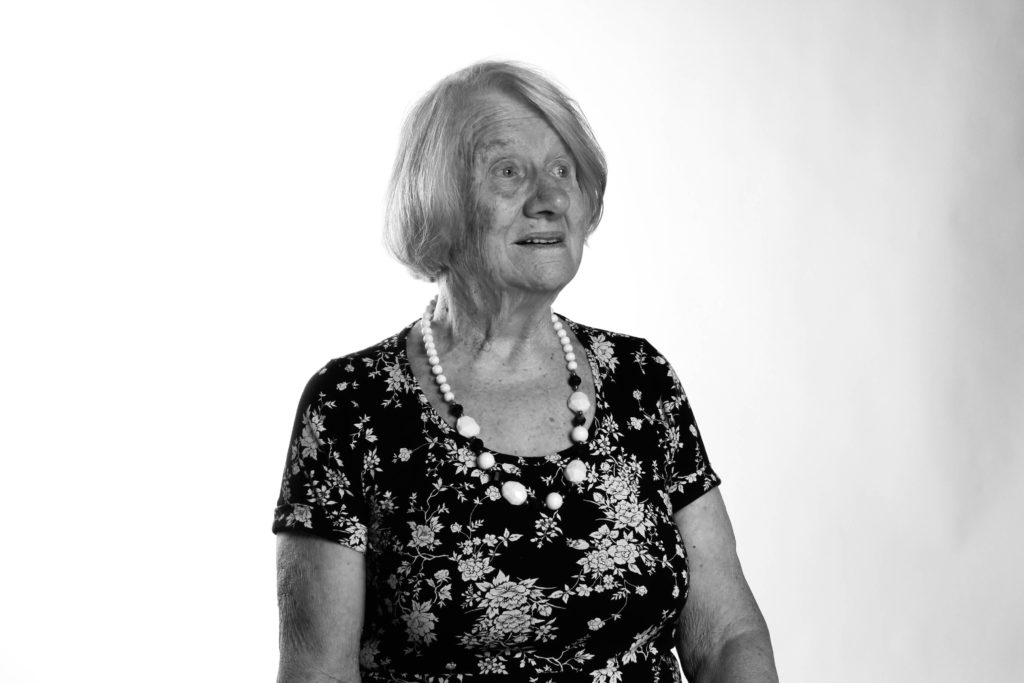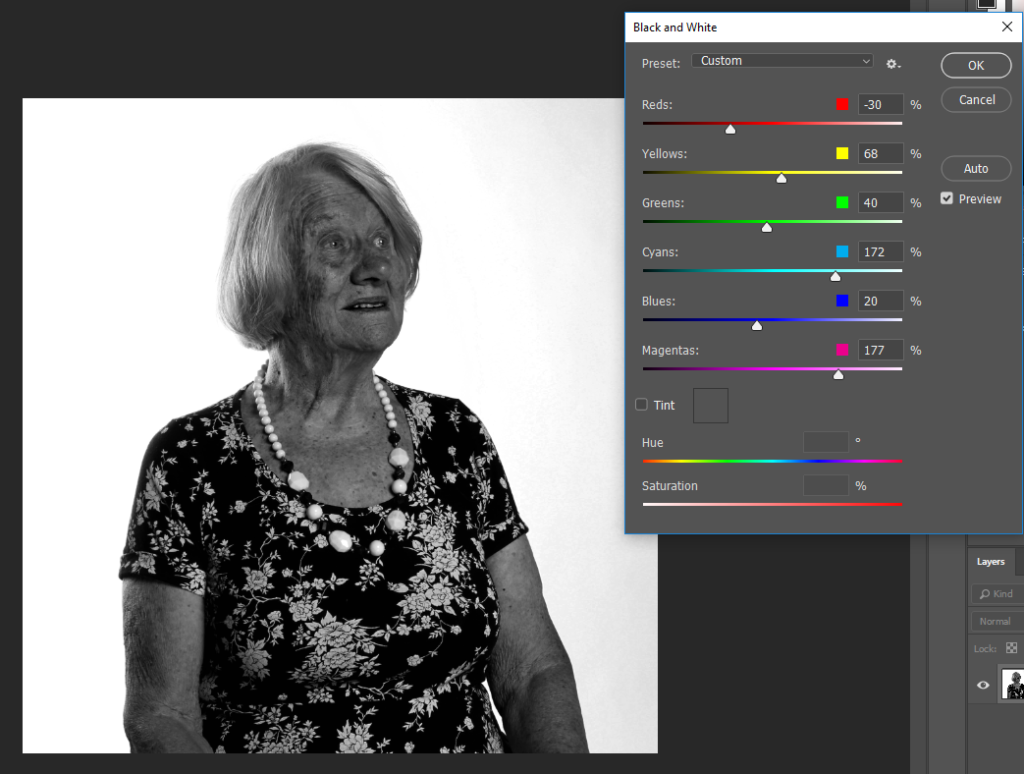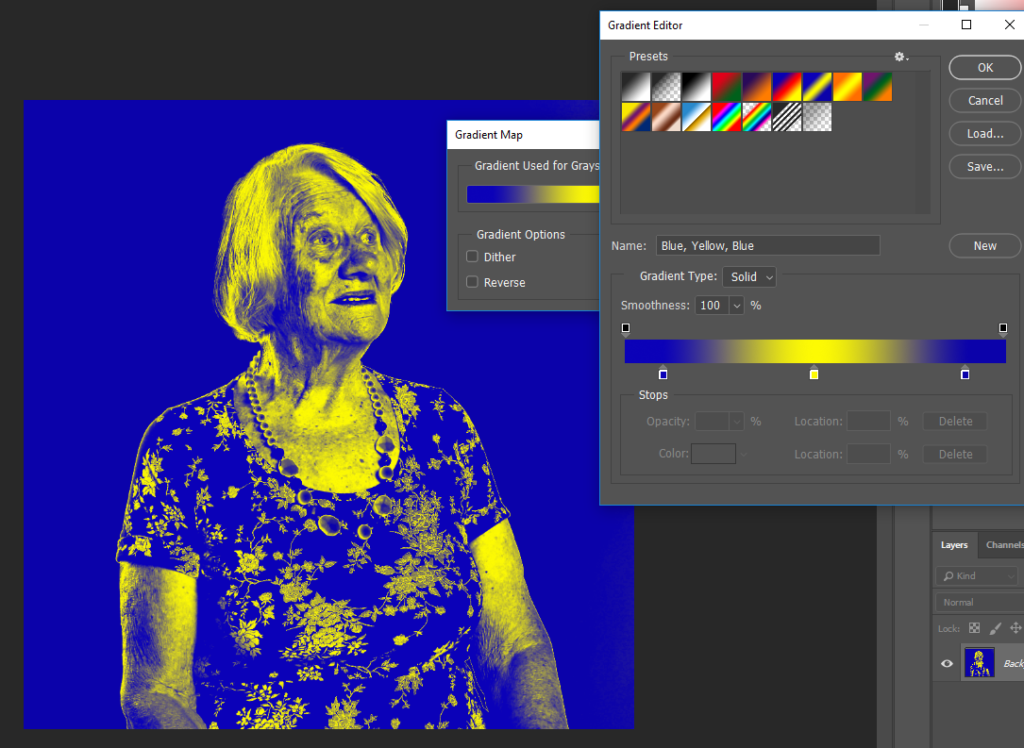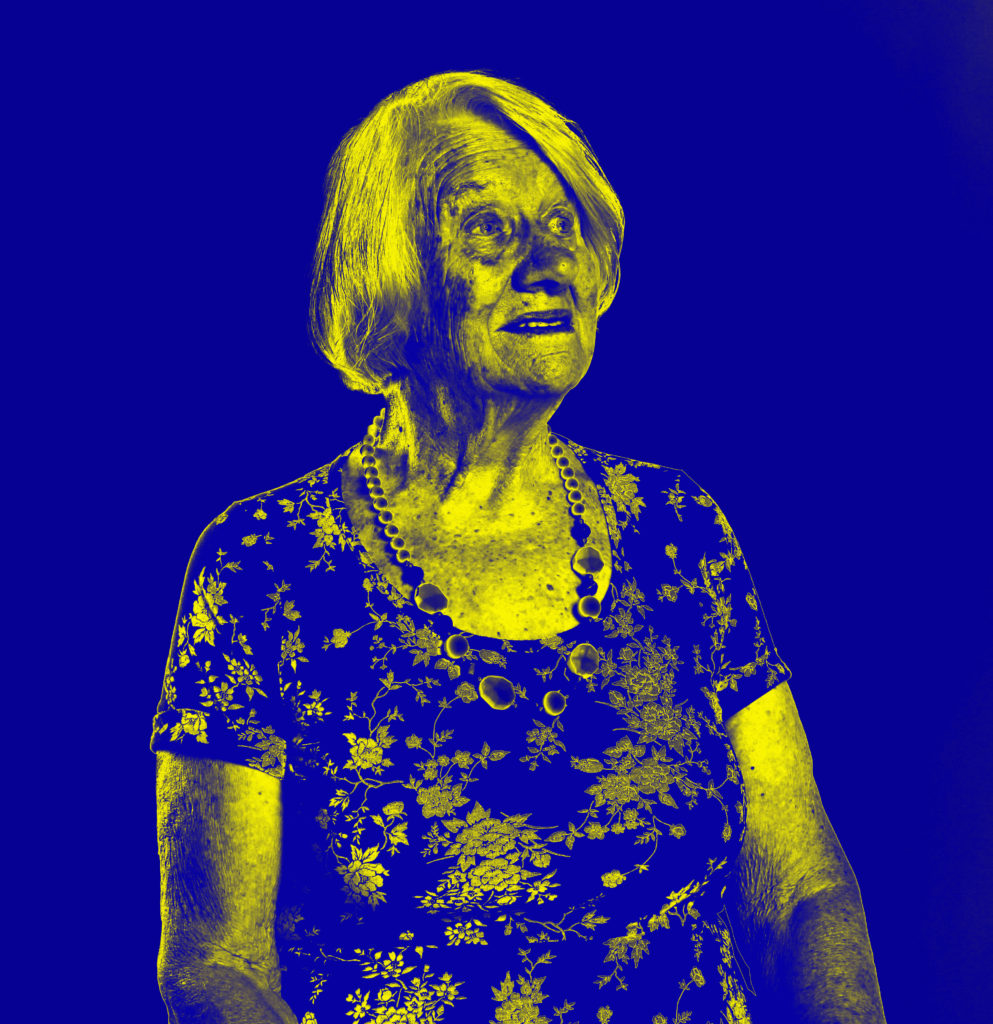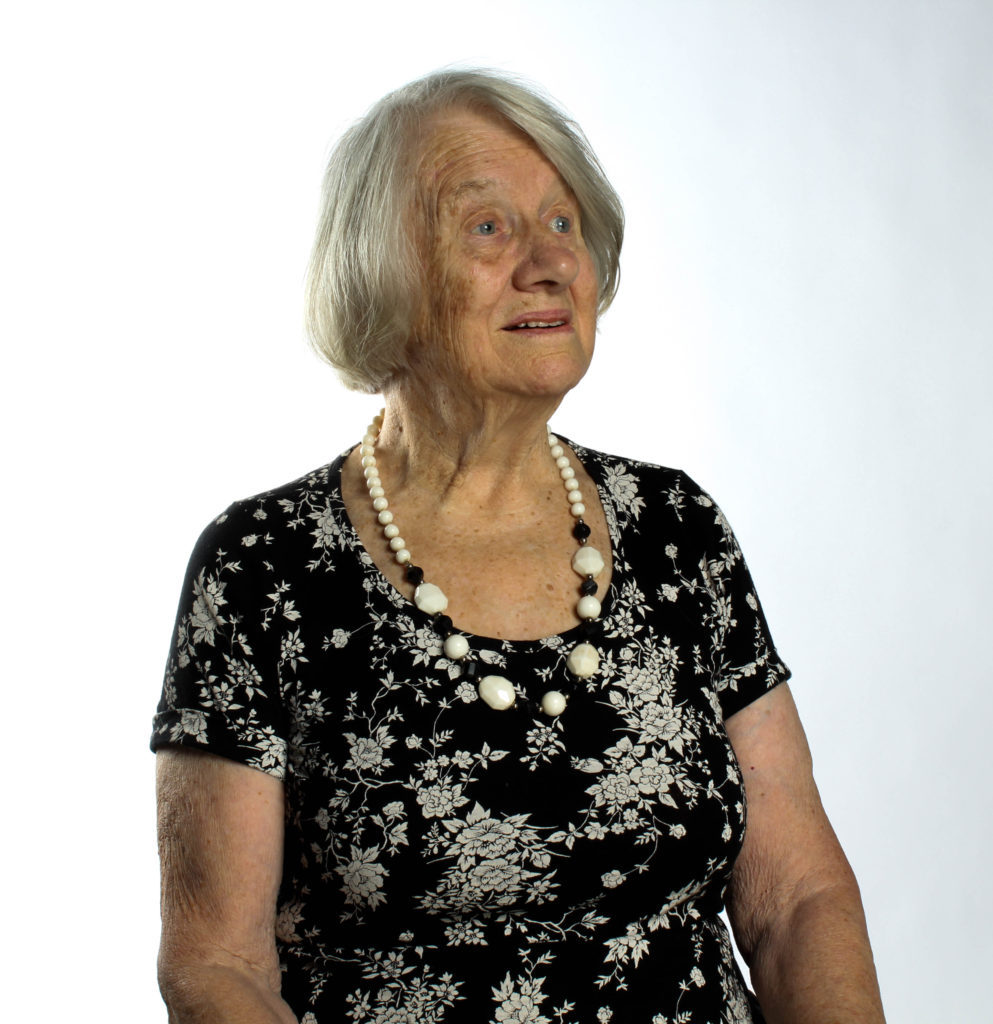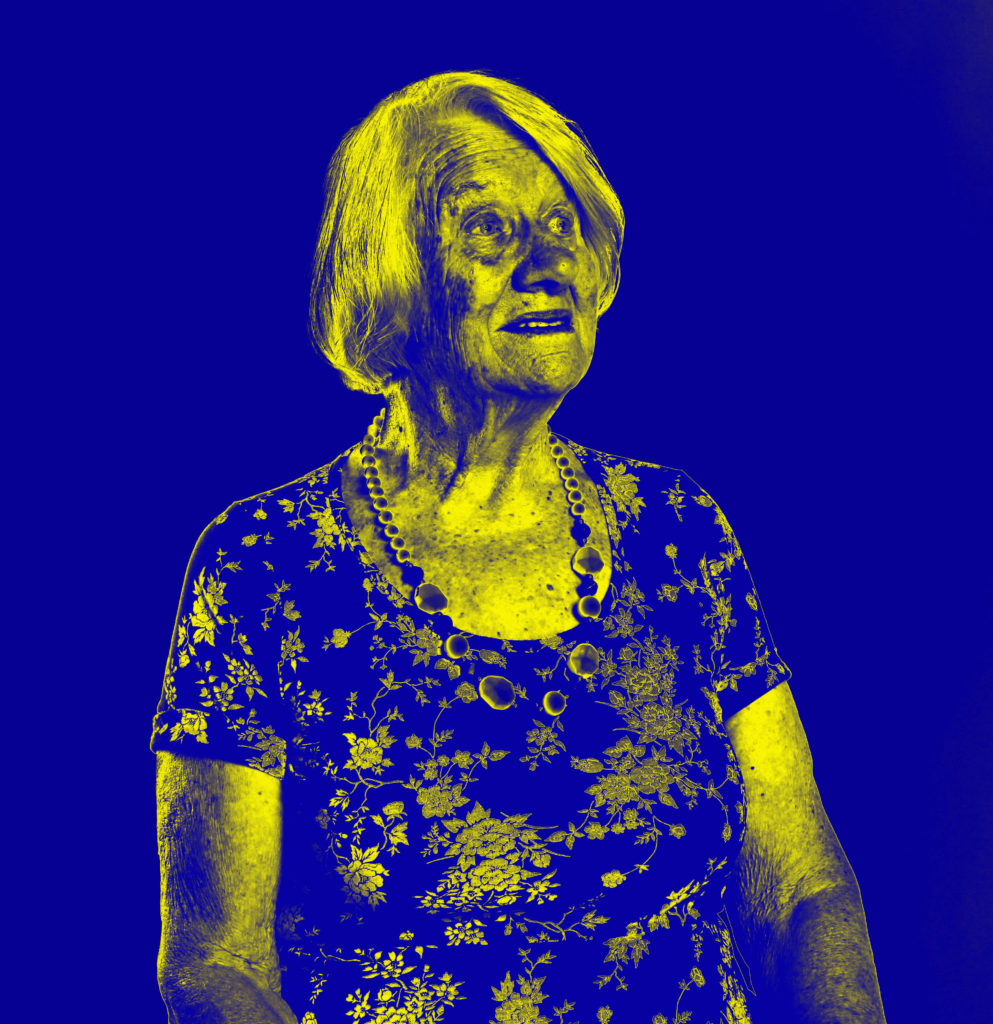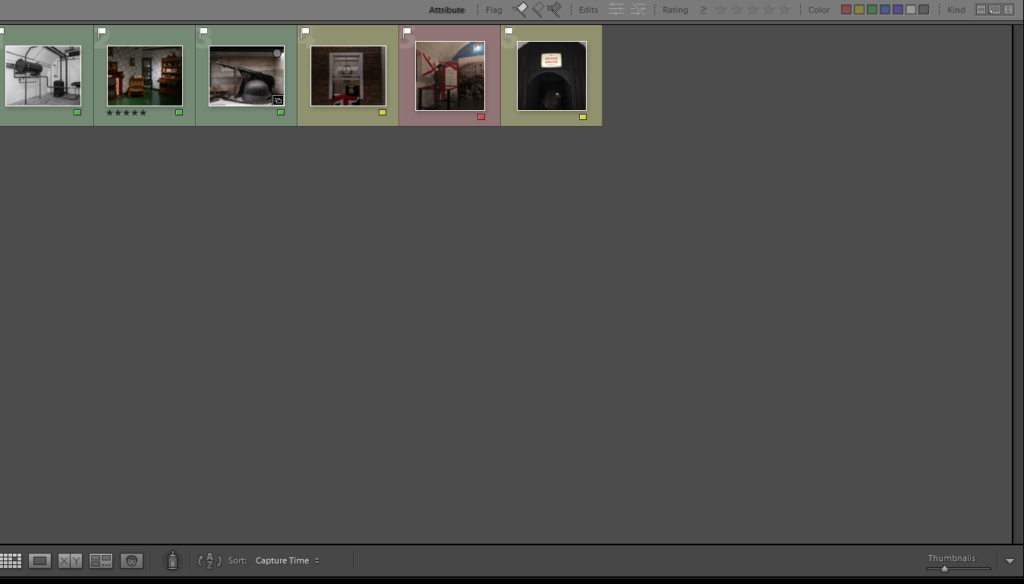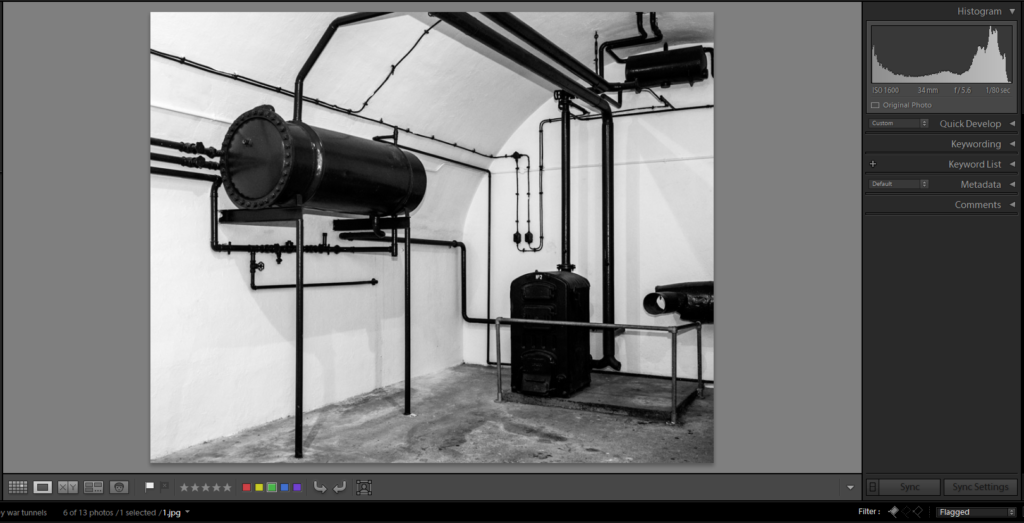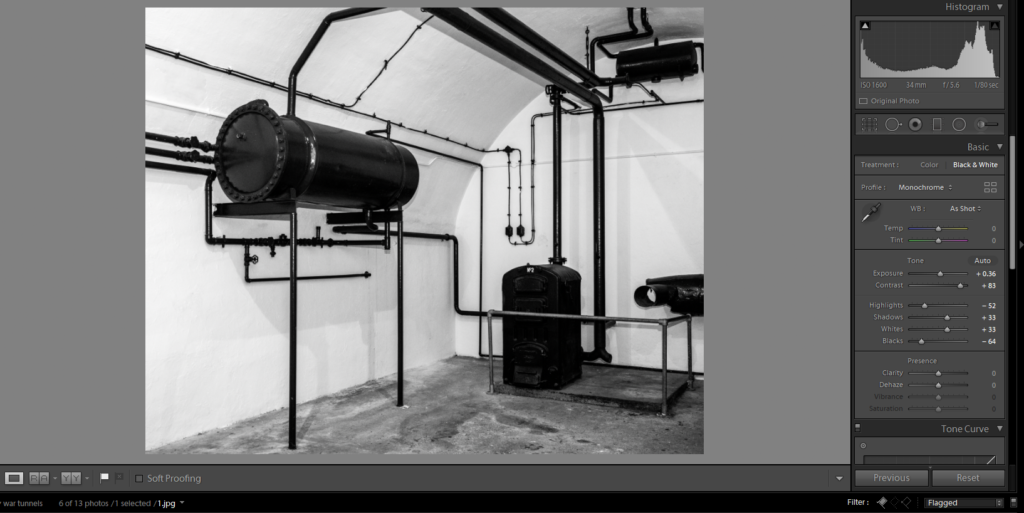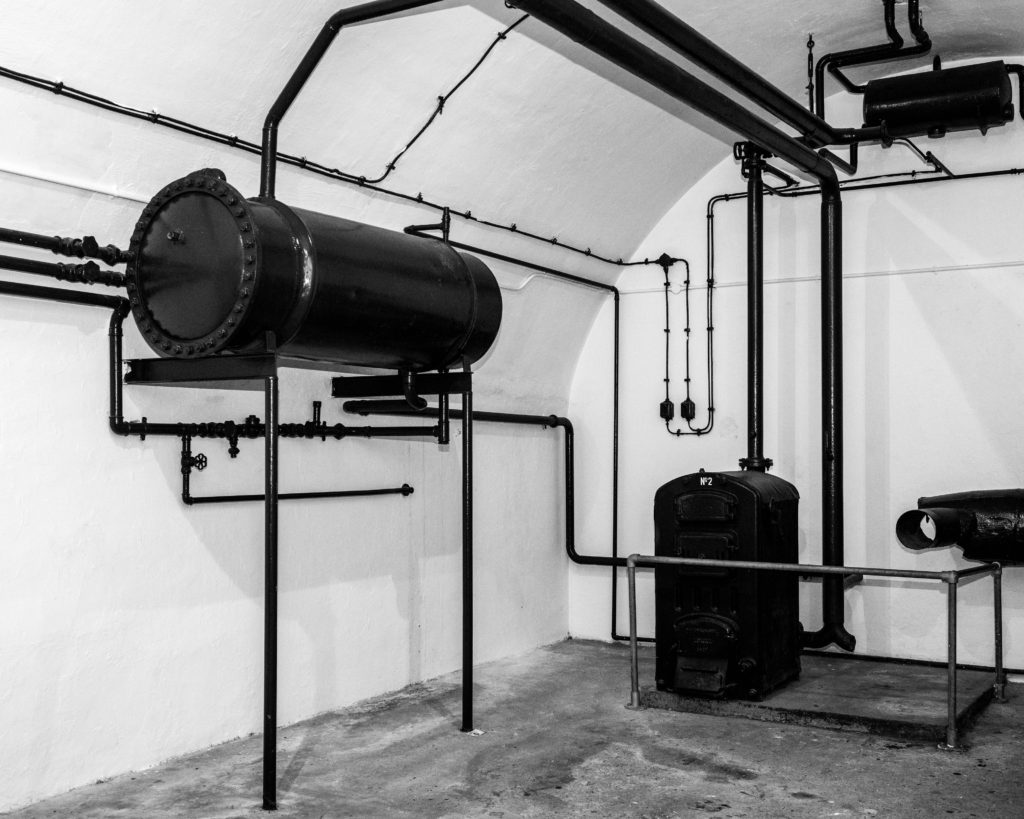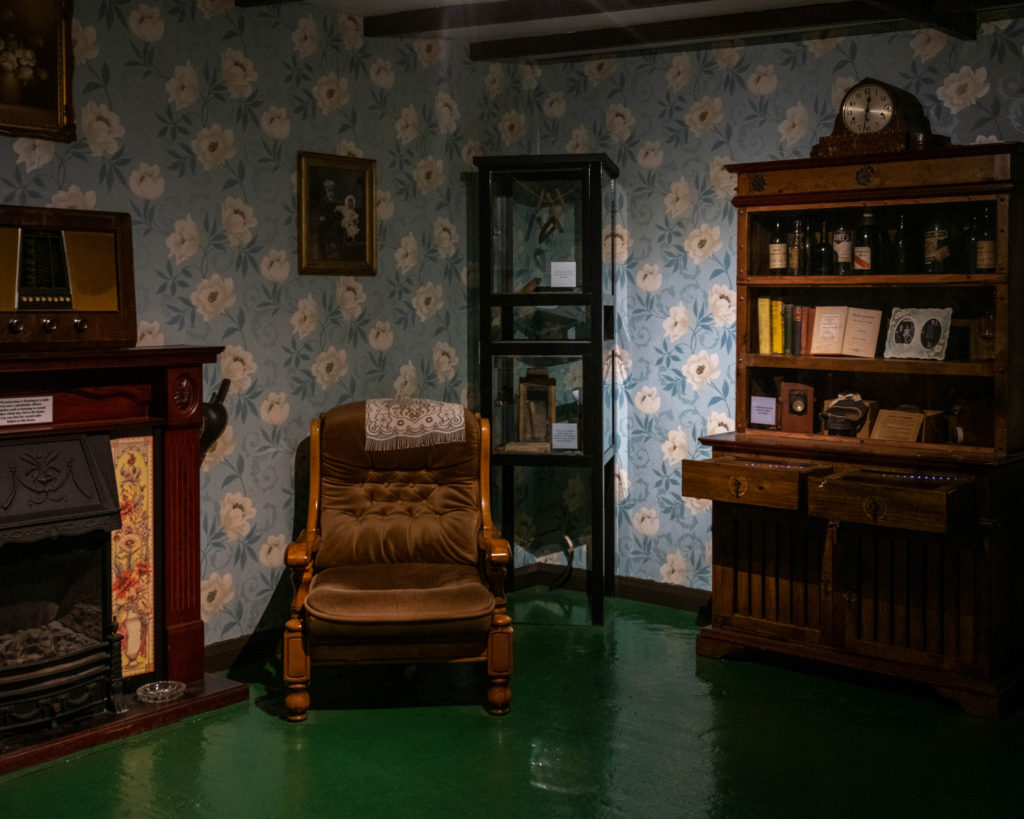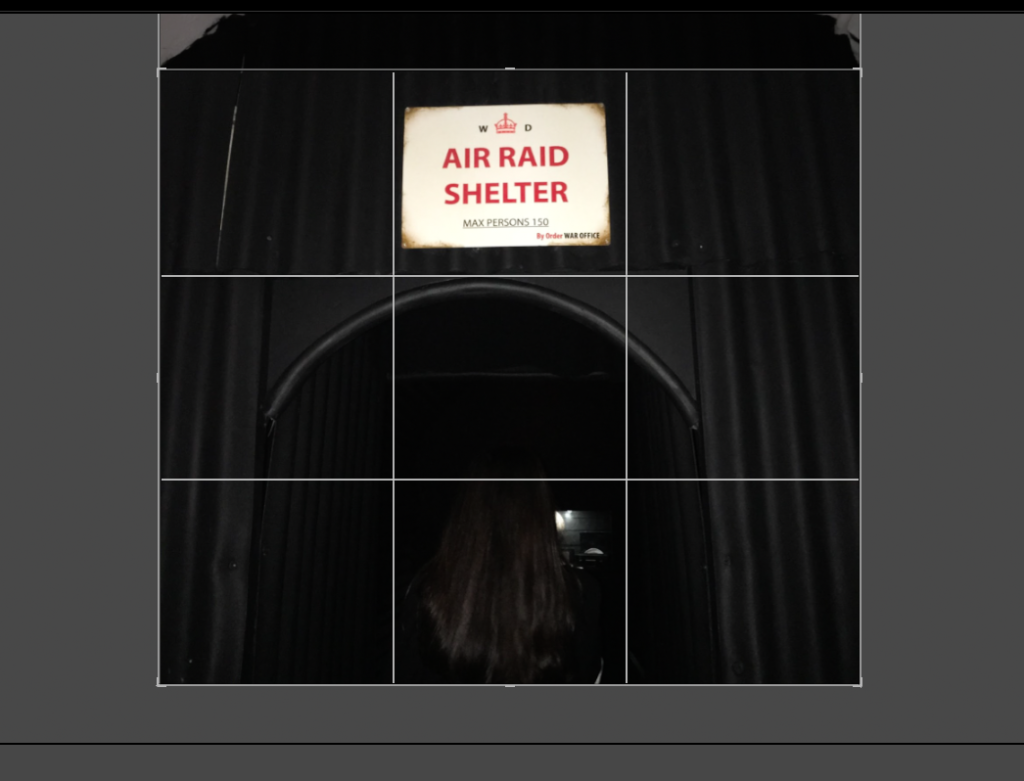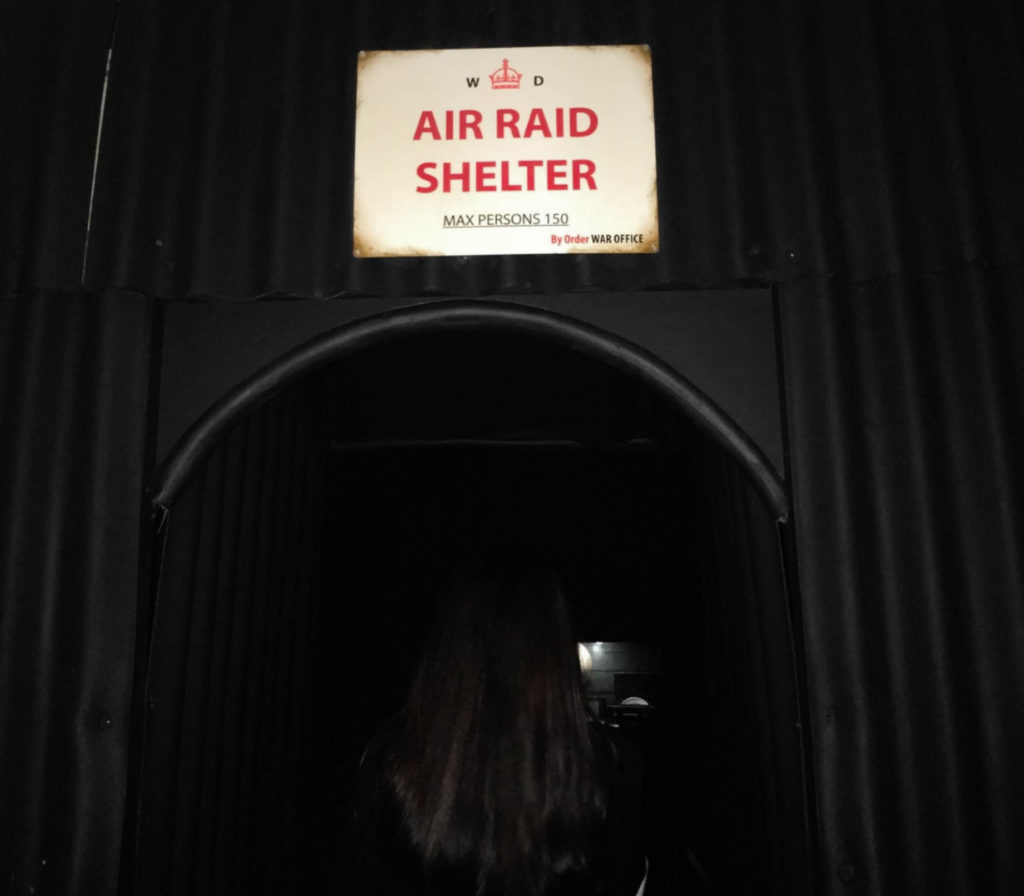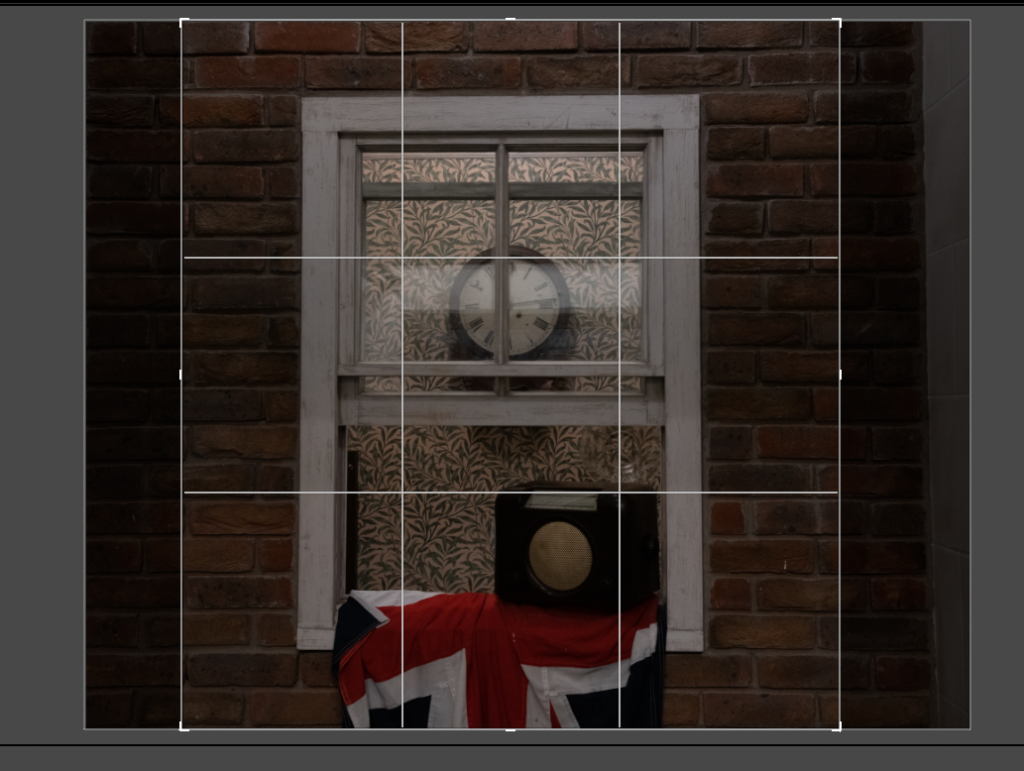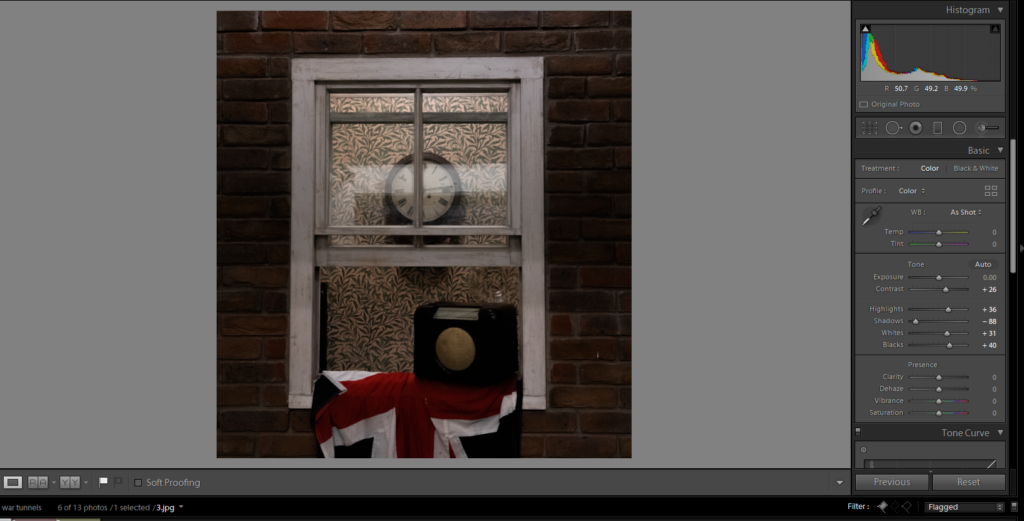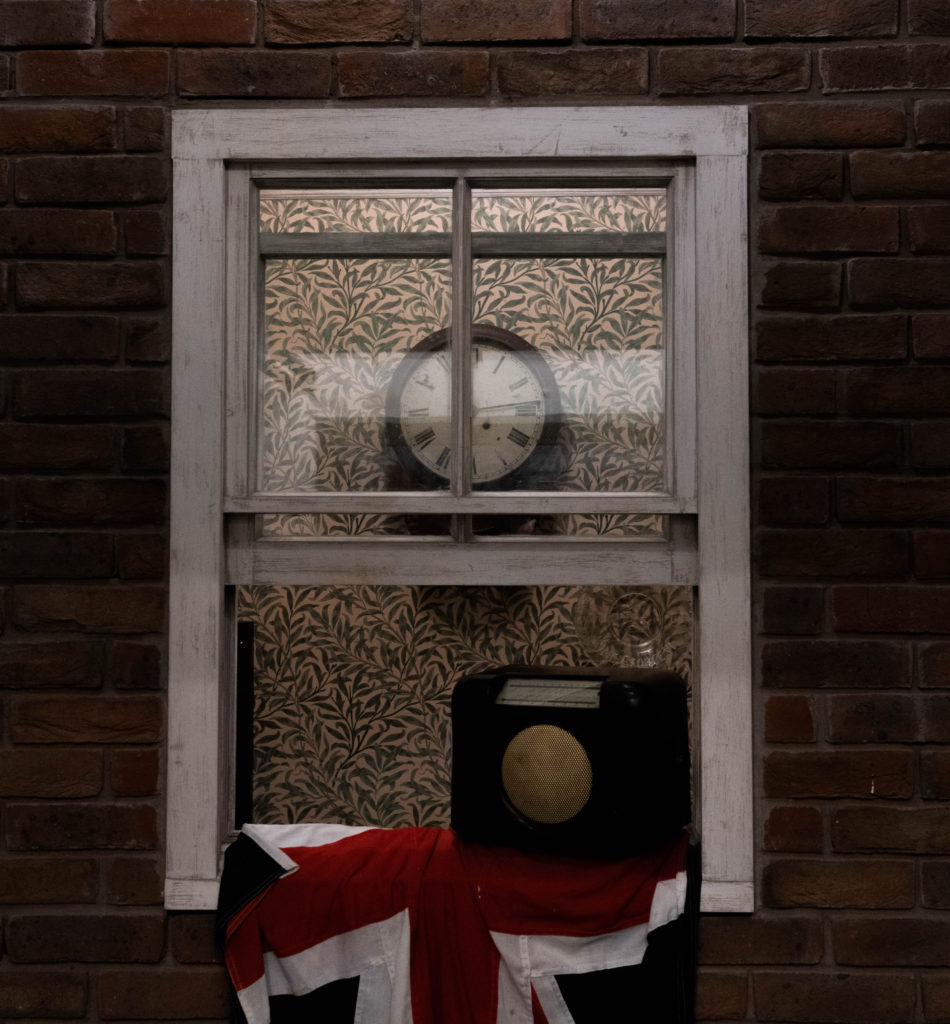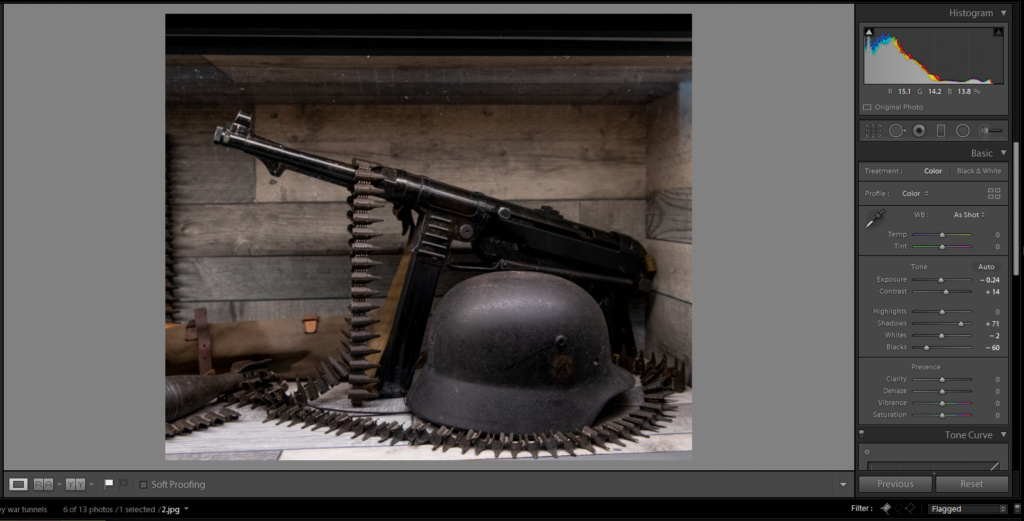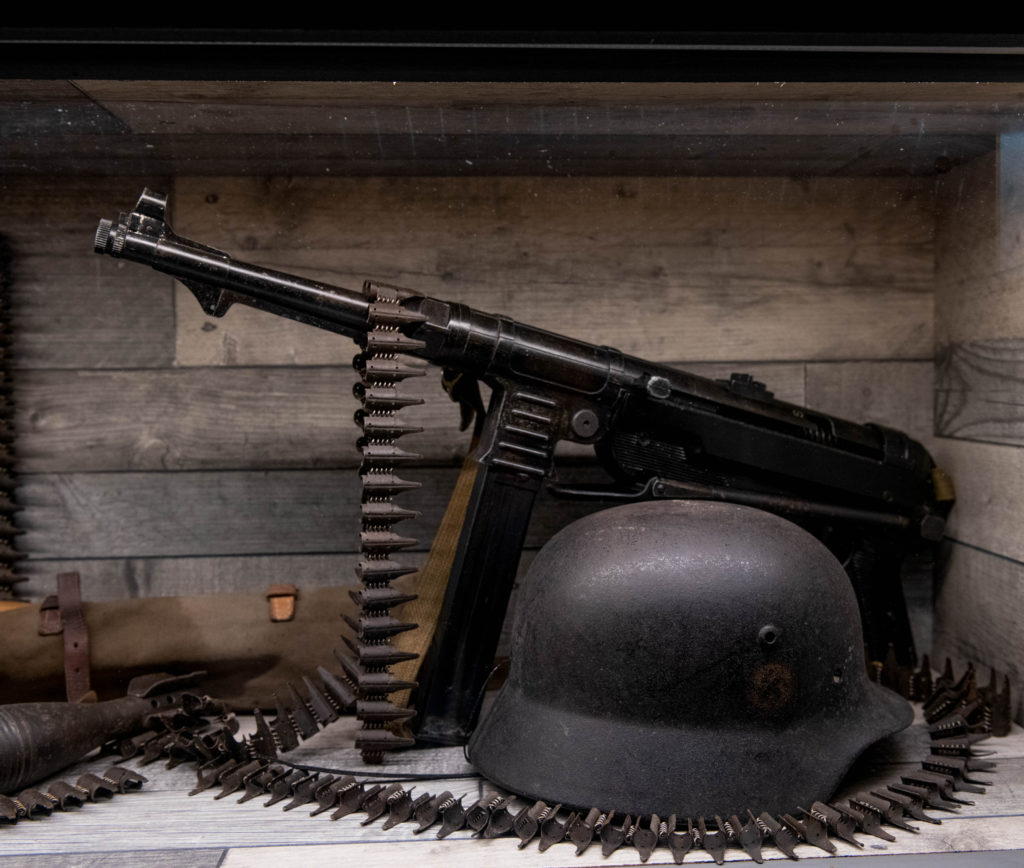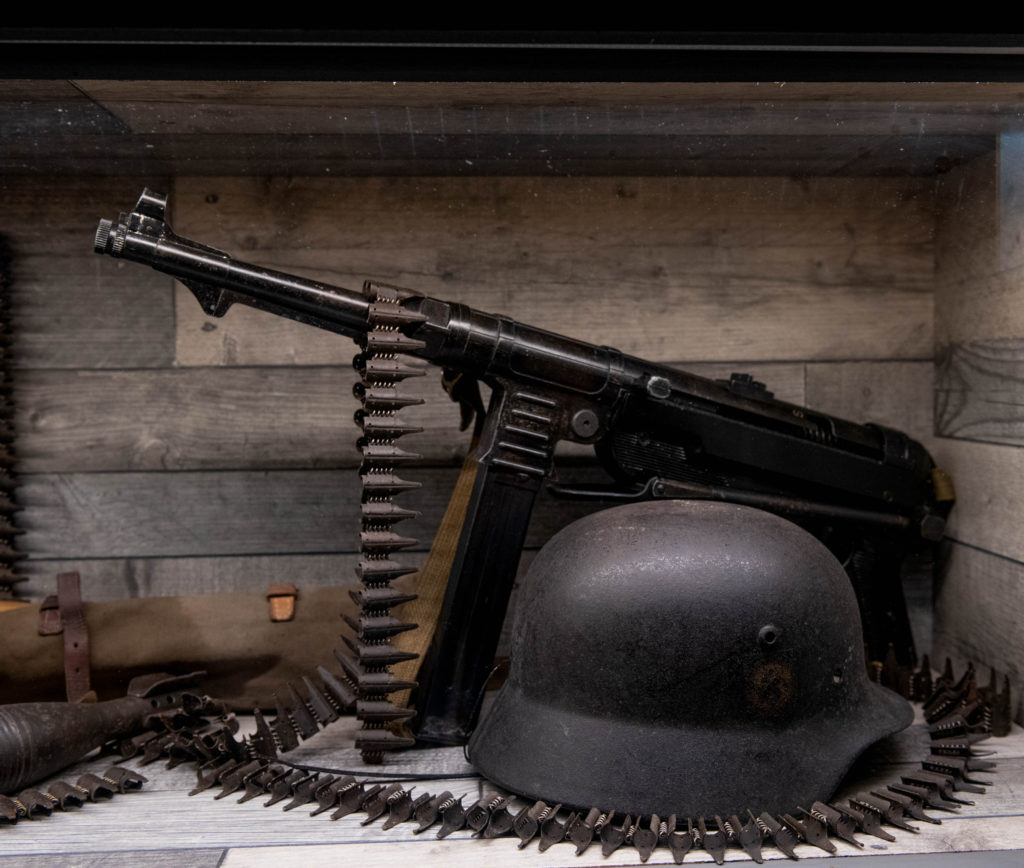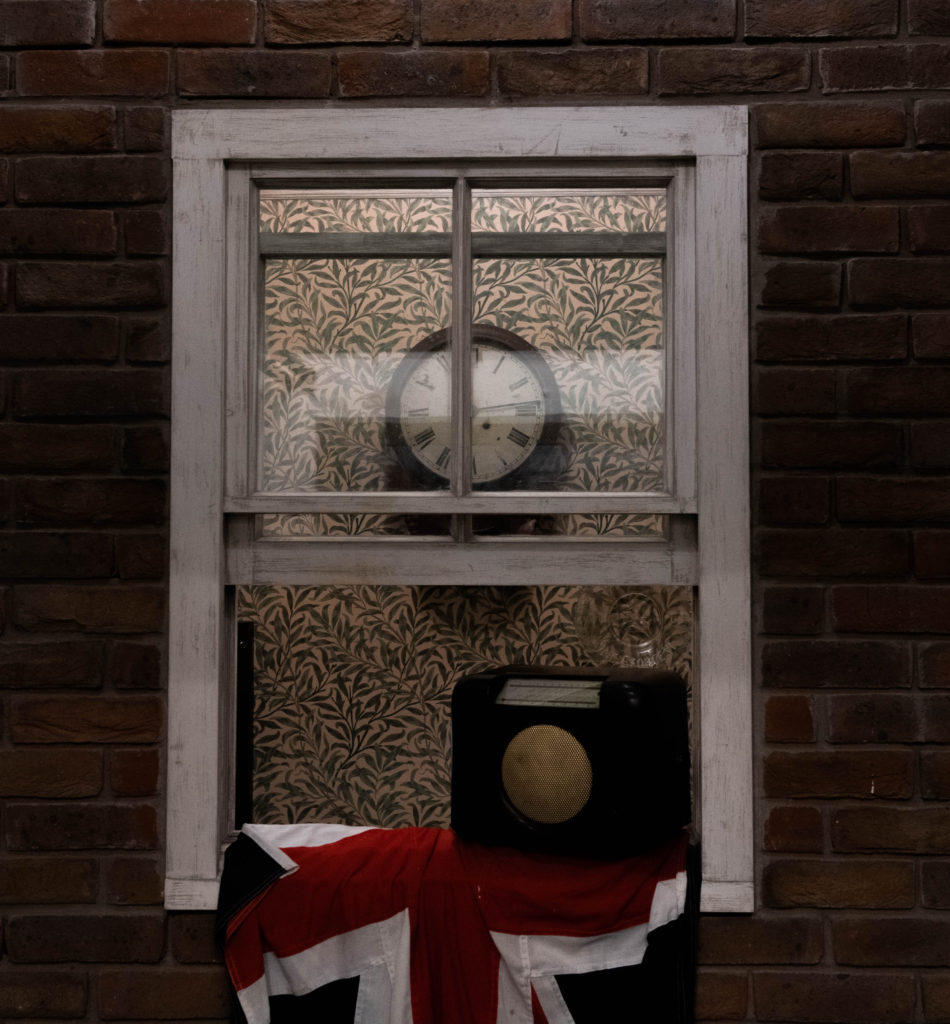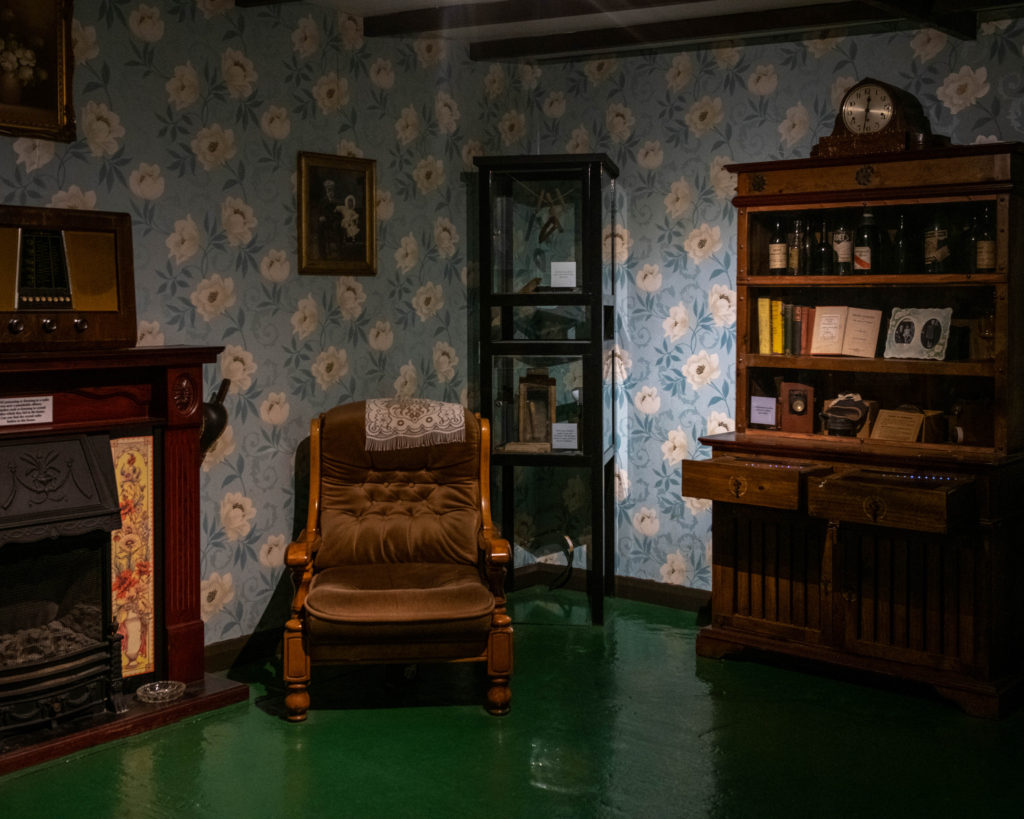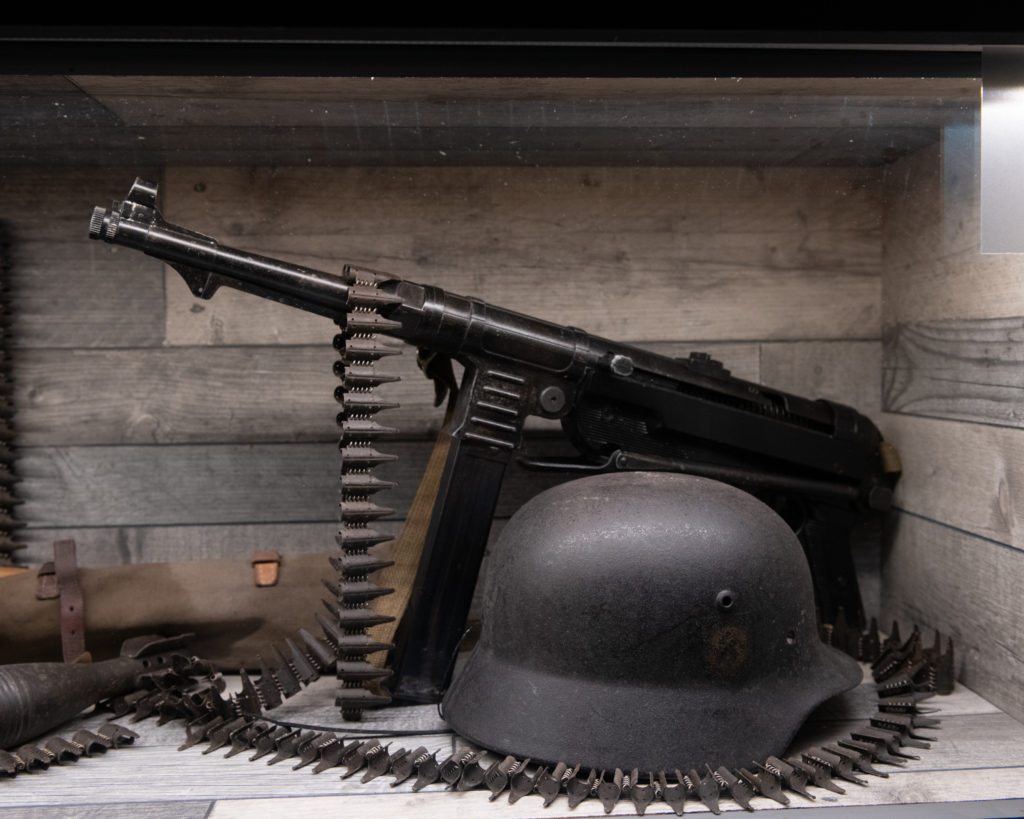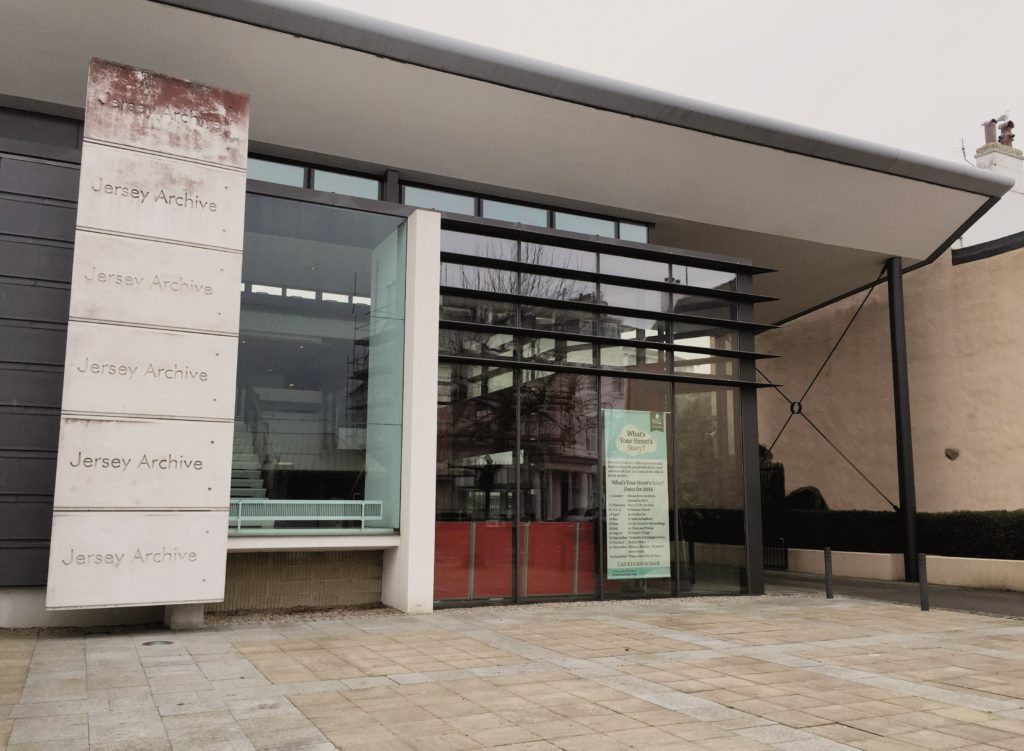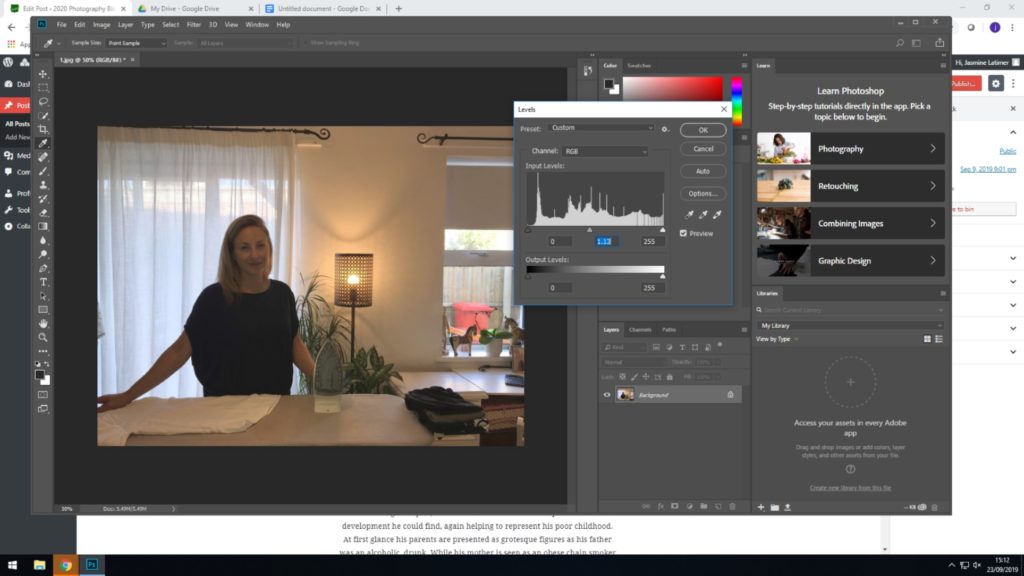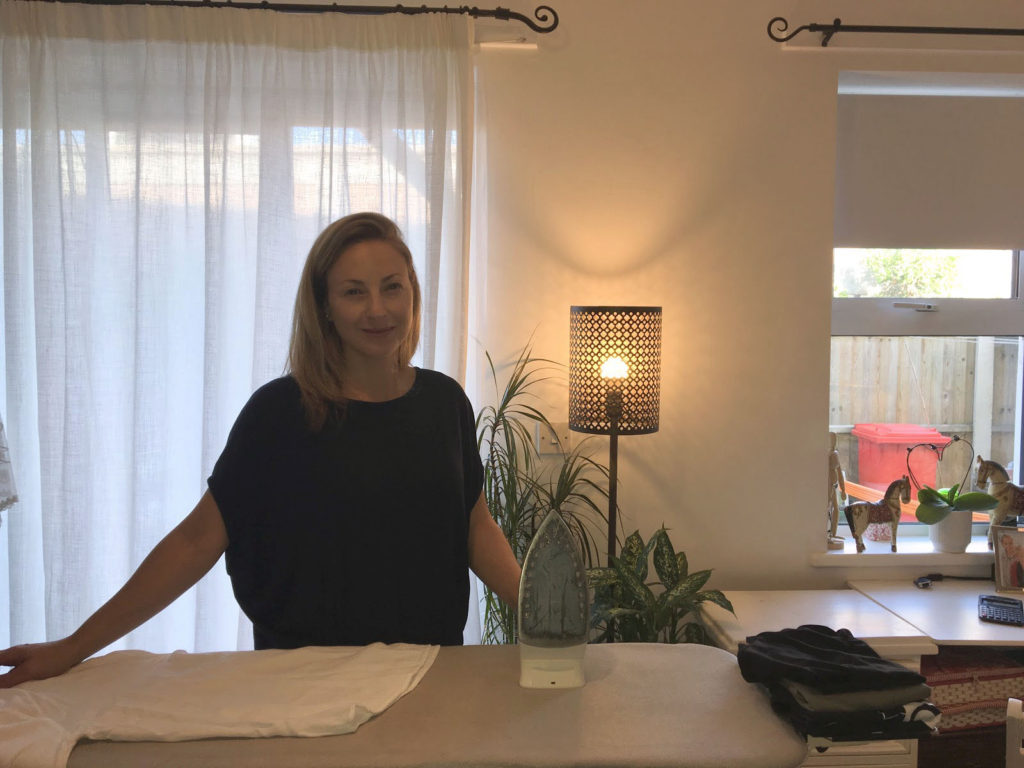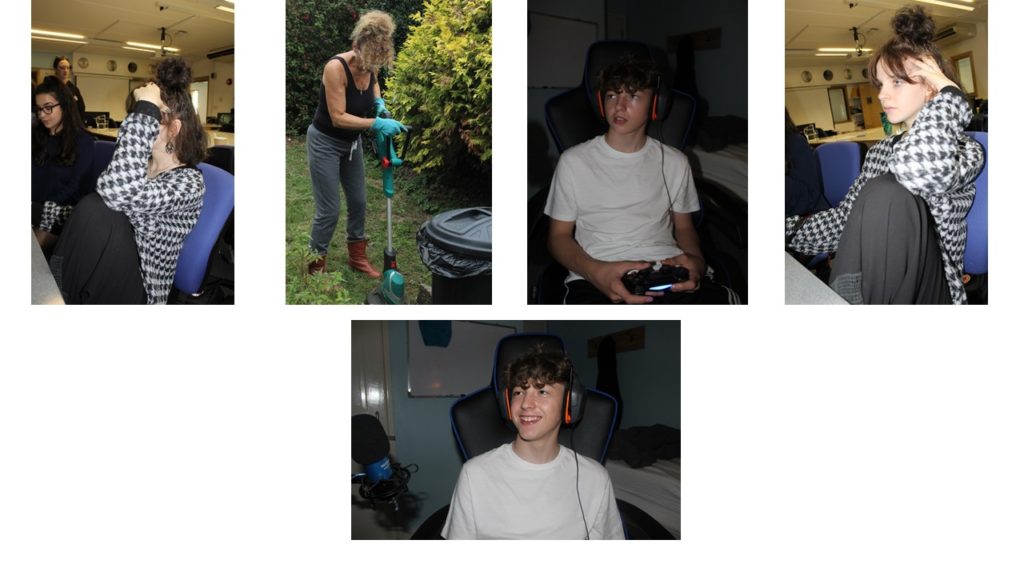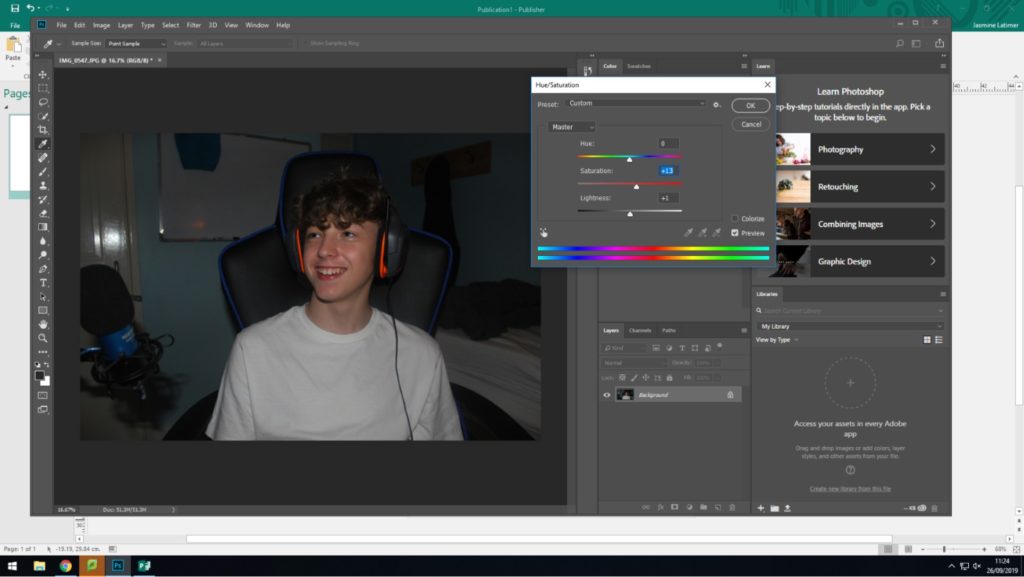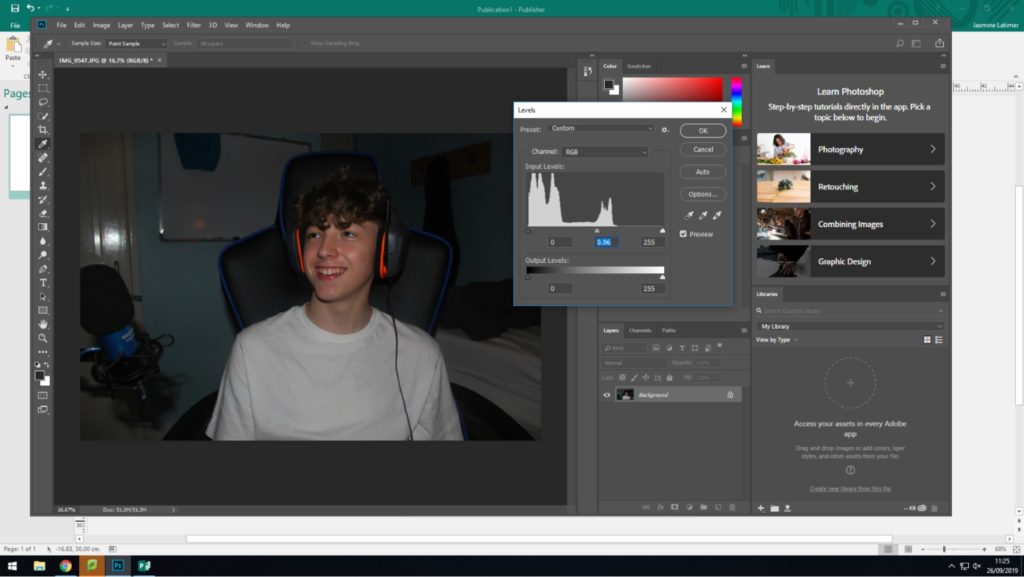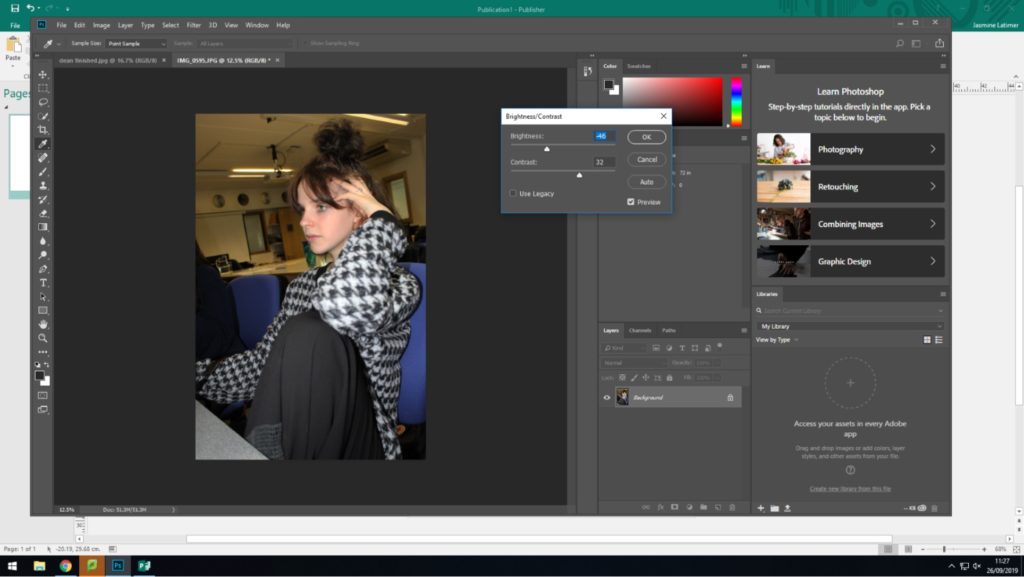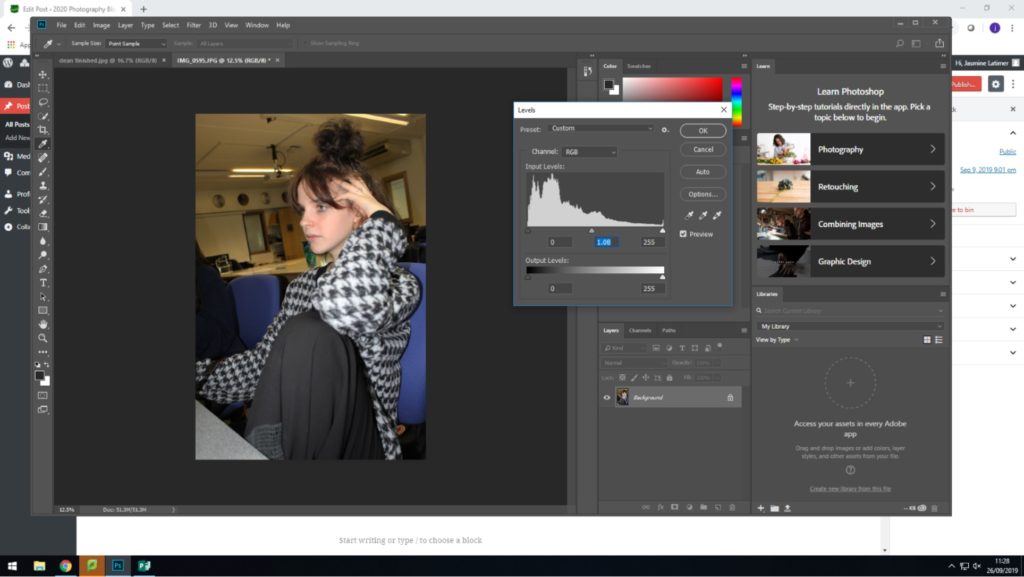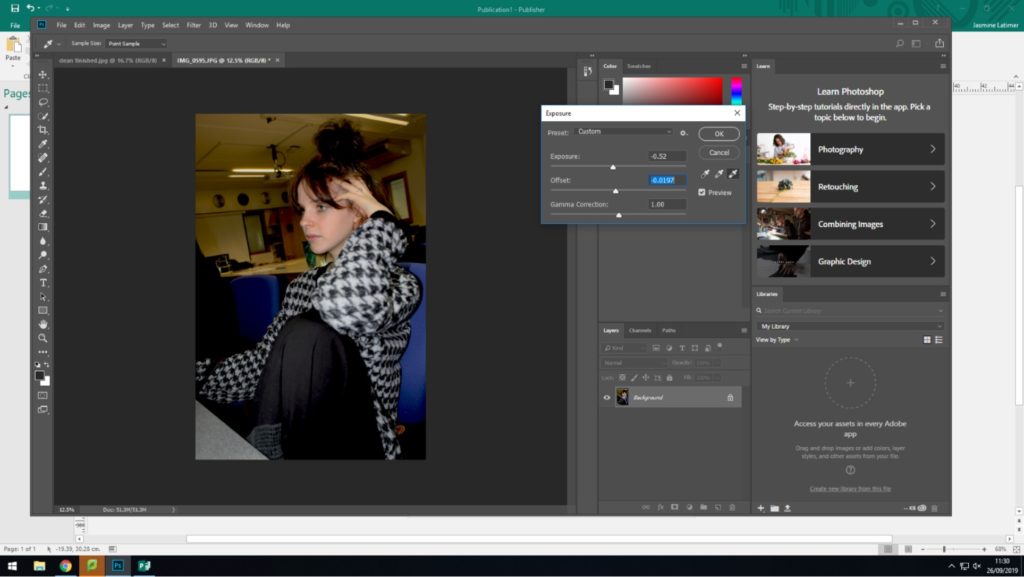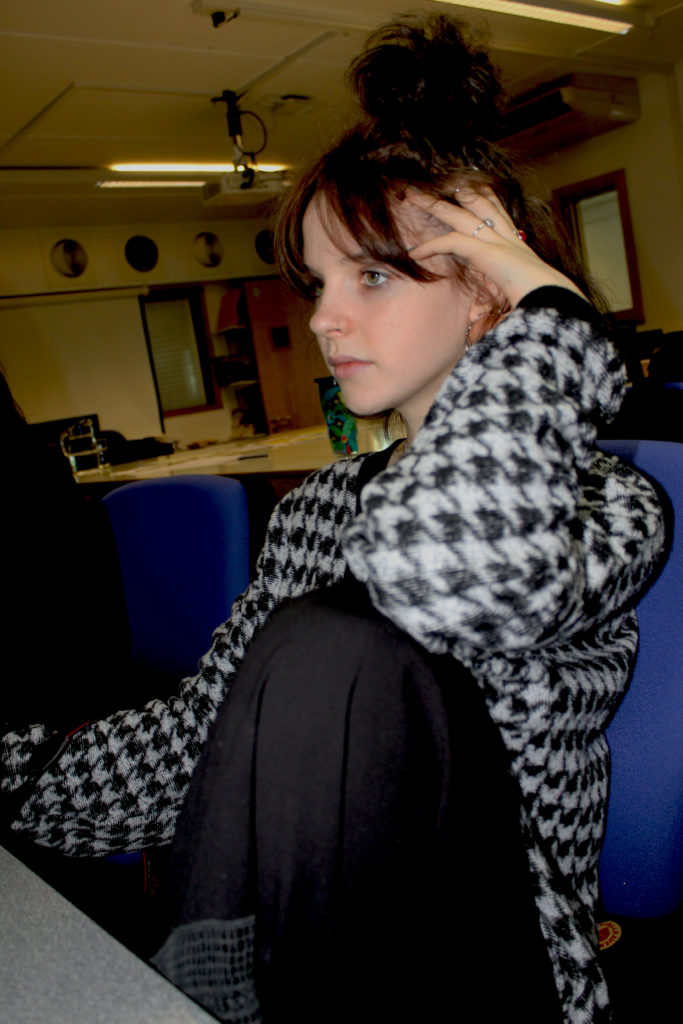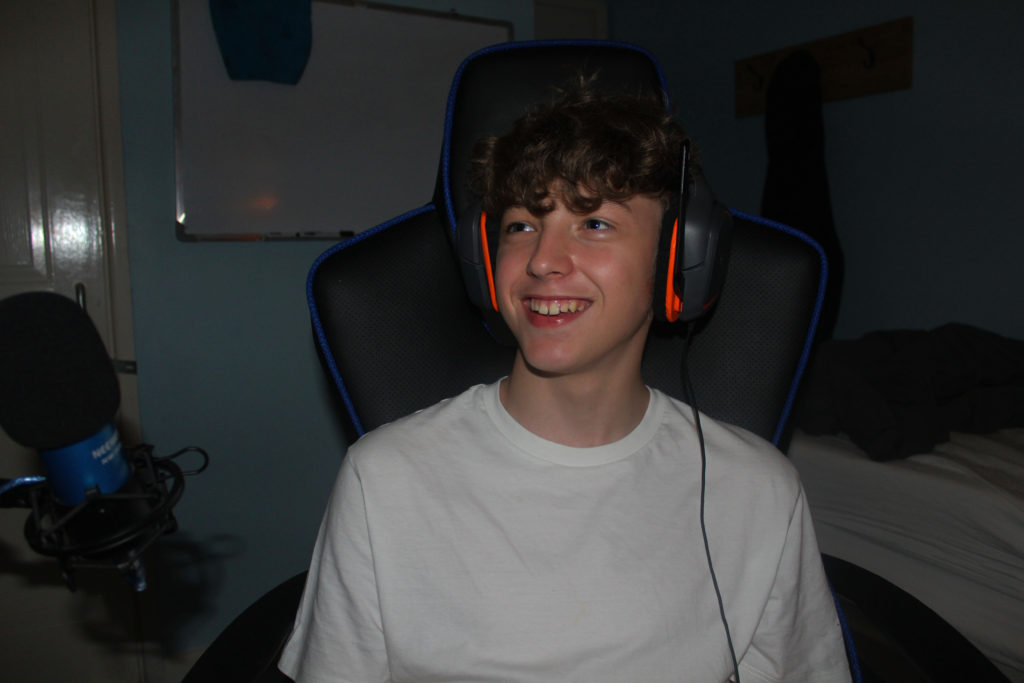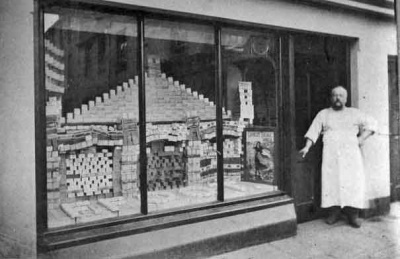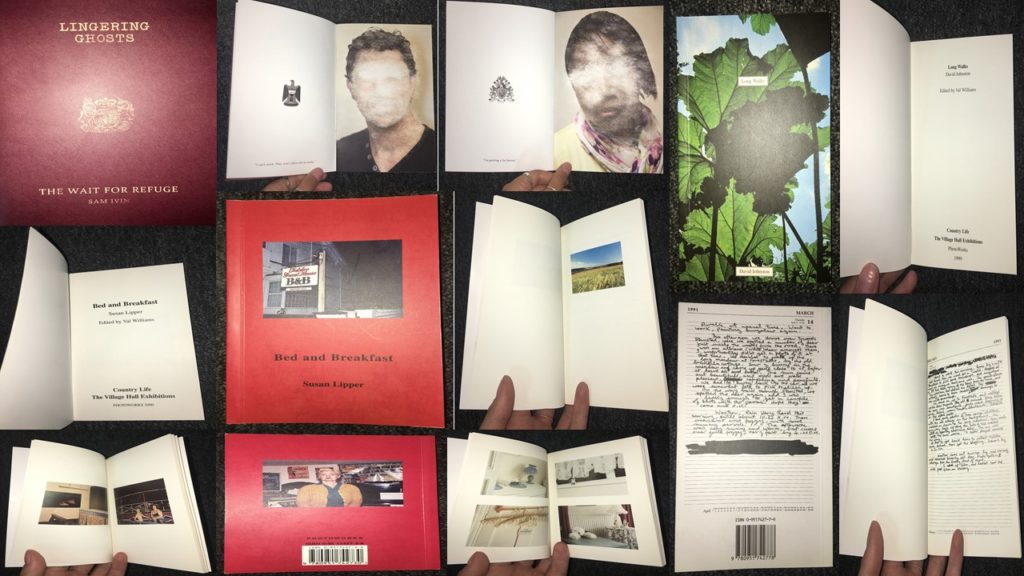Establishing Shot and Detail Shot
What is establishing shot?
Establishing a shot project is group portraiture of two or more family members where you are constructing an image which tells a story. The images can be staged of observed and the main focus is conveying a sense of narrative.
Group Photographer- Sian Davey
Sian Davey is a British photographer who focuses on photographing her family, community and self and takes a lot of group photography with her friends. She was born in Brighton 1964 and studied painting and social policy at the University Of Brighton where she got her two degrees. She took up her photography properly in 2014 after being a psychotherapist for 15 years.
Her photography practice mostly focuses on her community (friends) and her family which had been influenced by her background in psychology.
Sian Davey’s Image Moodboard
Her style
- Uses different depth of fields
- Photographs both of family and friends
- Coloured images
- High shutter speed for fully focused images
- High ISO
Analysation Image
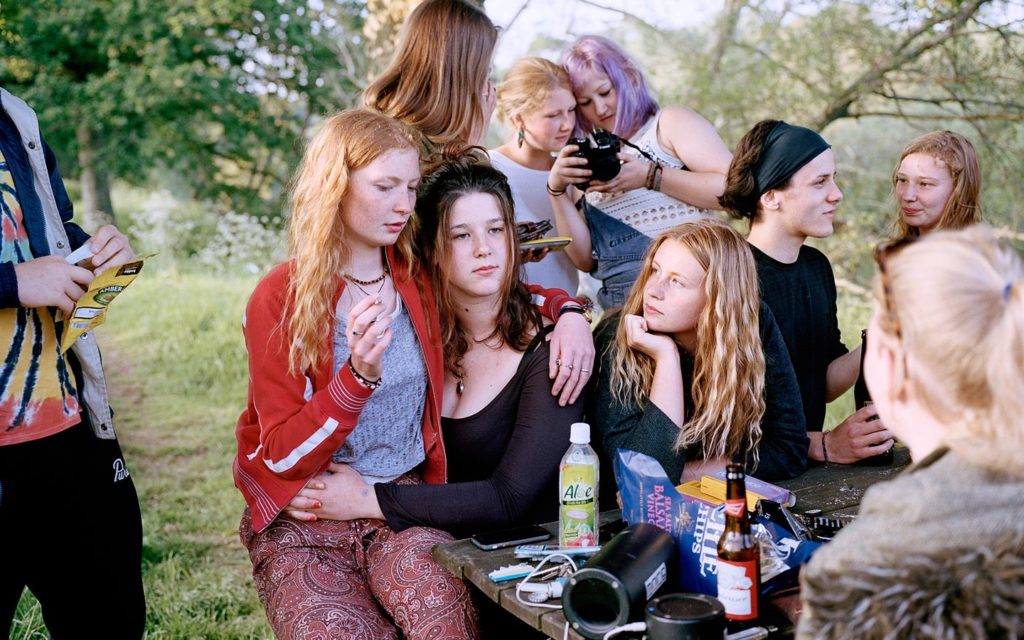
Technical analysis- We can see a good quality camera has been taken to take this image and it has a depth of field to it which we can see from the fully focused people in the picture, compared to the blurred background with has been intended. I guess a medium shutter speed of around 1/250 has been used for this image due to their being no unintended blur, the ISO also must of been quite low as their is no grain on the picture. The overall exposure also could of been high because of the amount of light in the image, making it a well lit image. The white balance also would have been a natural lighting use as the image is outside.
Visual analysis- Visually we can see that this is a colour image with 10 teenagers in the image. They are all dressed in different ways, showing their unique styles which they express through clothing. Smoking, alcohol and snacks can also be seen in the image which is showing the typical life of a teenager as most experiment with smoking/ alcohol. Two speakers can also be seen in this image, suggesting their listening to music while socialising. All teens are seen sitting close to one another, also creating the idea that their all very close friends etc.
Conceptual analysis- Conceptually this image suggests experimentation as a teenager which is done through the rallies, cigarettes, beers and factors which aren’t easily seen in the image.
Planning my photoshot
For my photo shoot, i plan to take images of two female friends in a group photo, and will use a Canon Camera and plan to use flash photography to take these images. They will be representing typical teenage life, however, seeing as im not allowed to included smoking/ alcohol in my photography, the models with show the typical teenage life, including telephones, food etc.
Unedited Best Images

Editing my images plan
For editing my images, i don’t plan to do a whole lot of editing. Just editing the simple brightness, contrast, saturation etc.. This being as i already like the images the way they are.
Editing my images
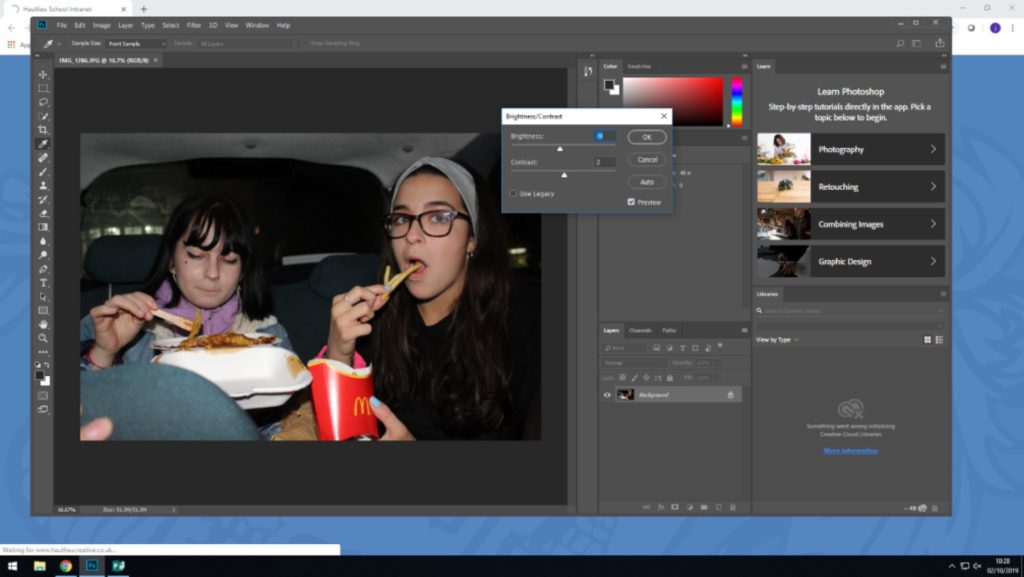
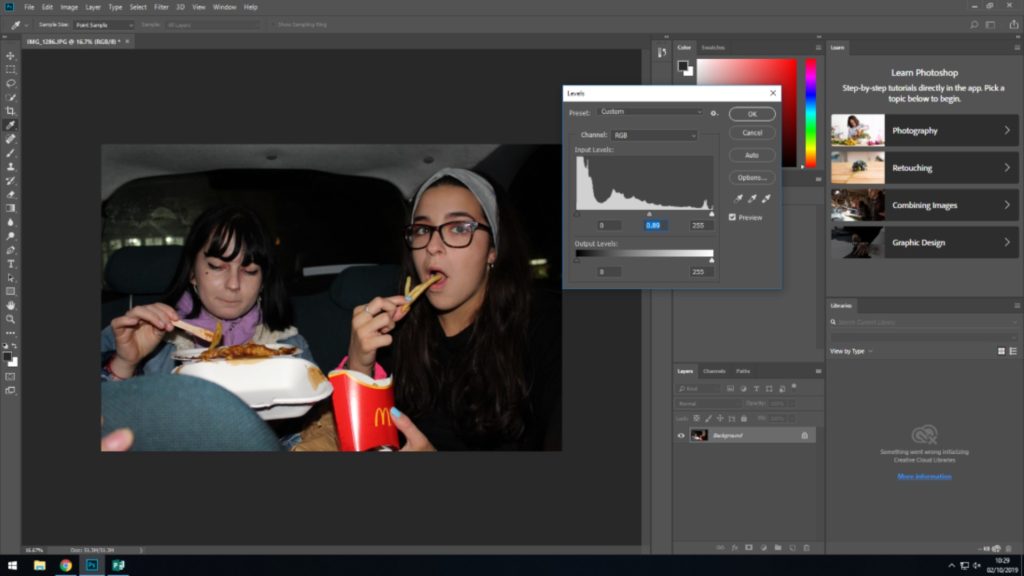
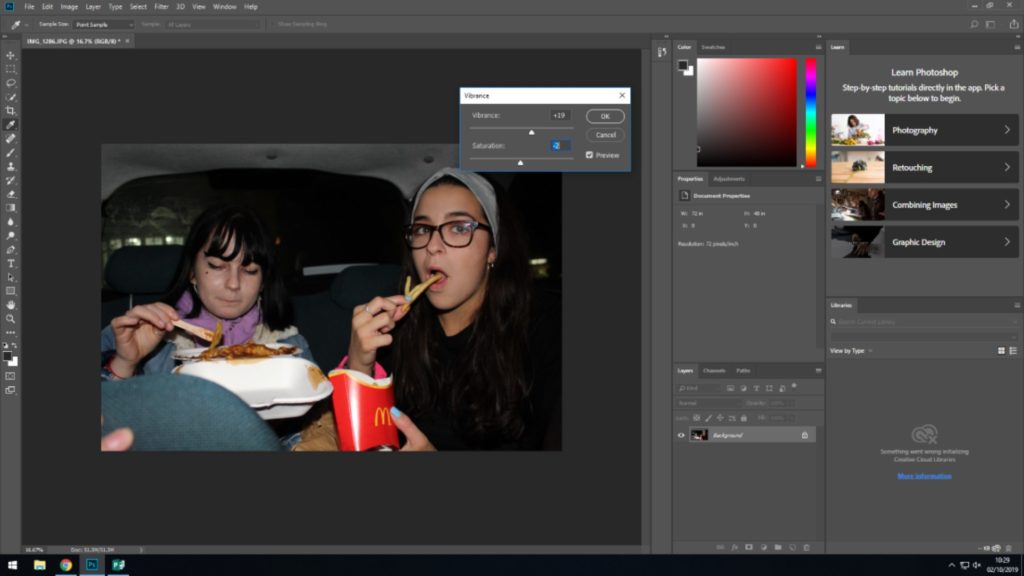
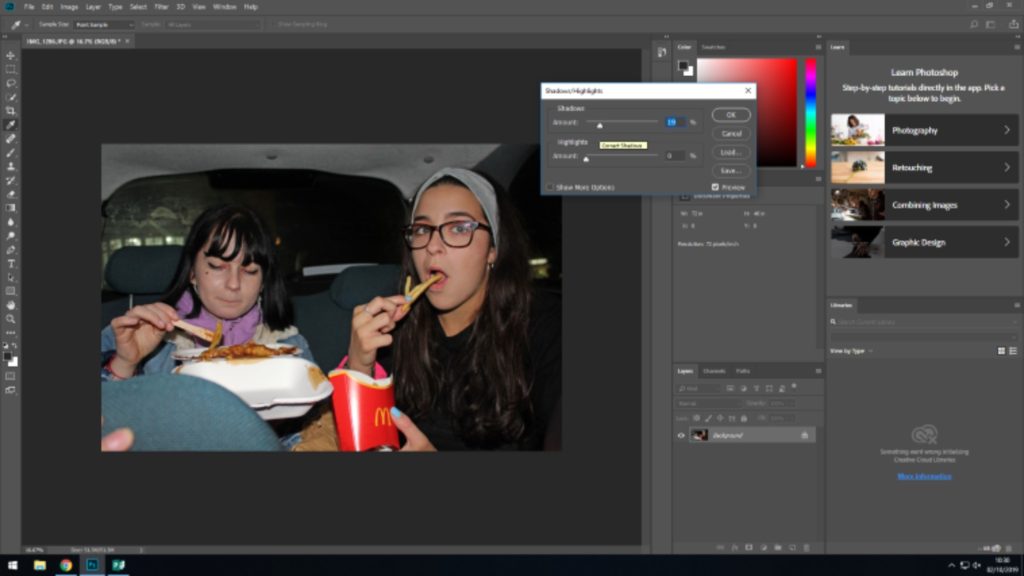
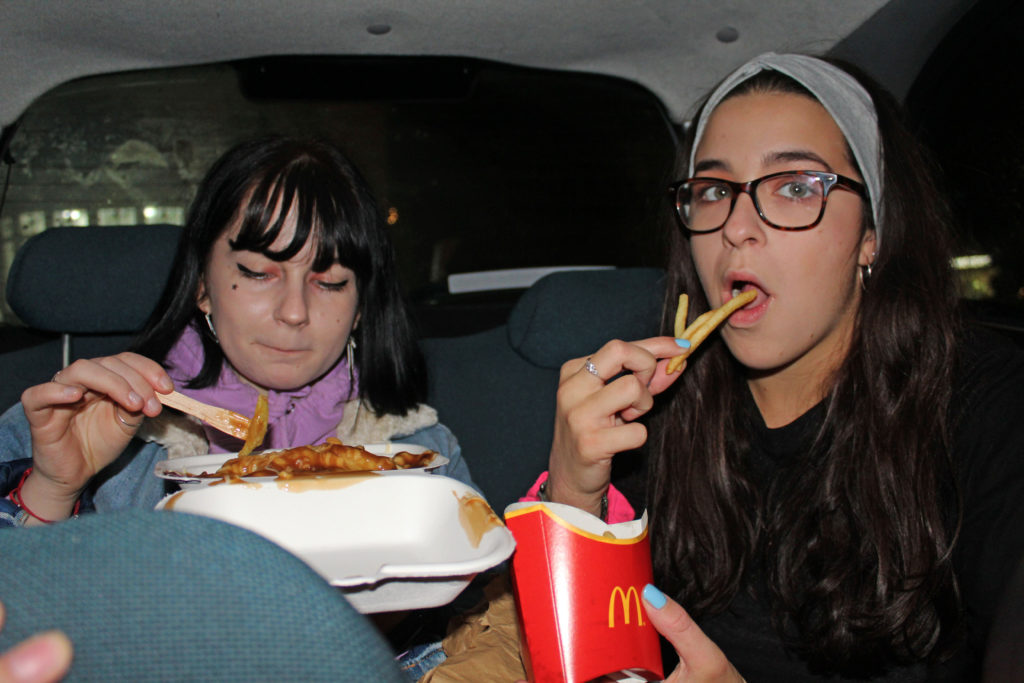


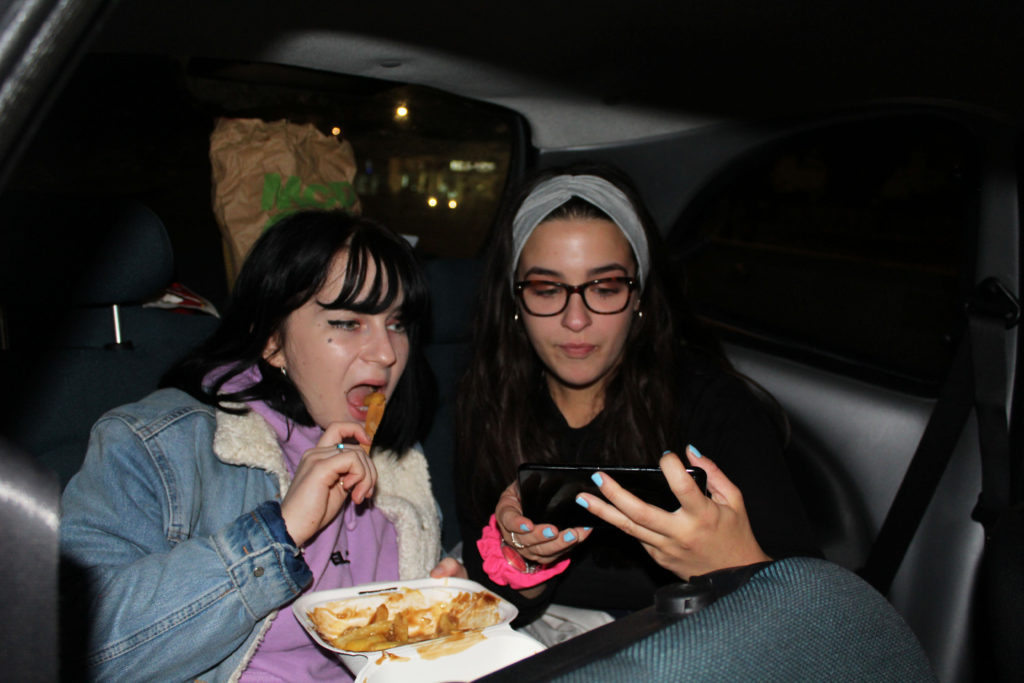
Final Best Edited Images
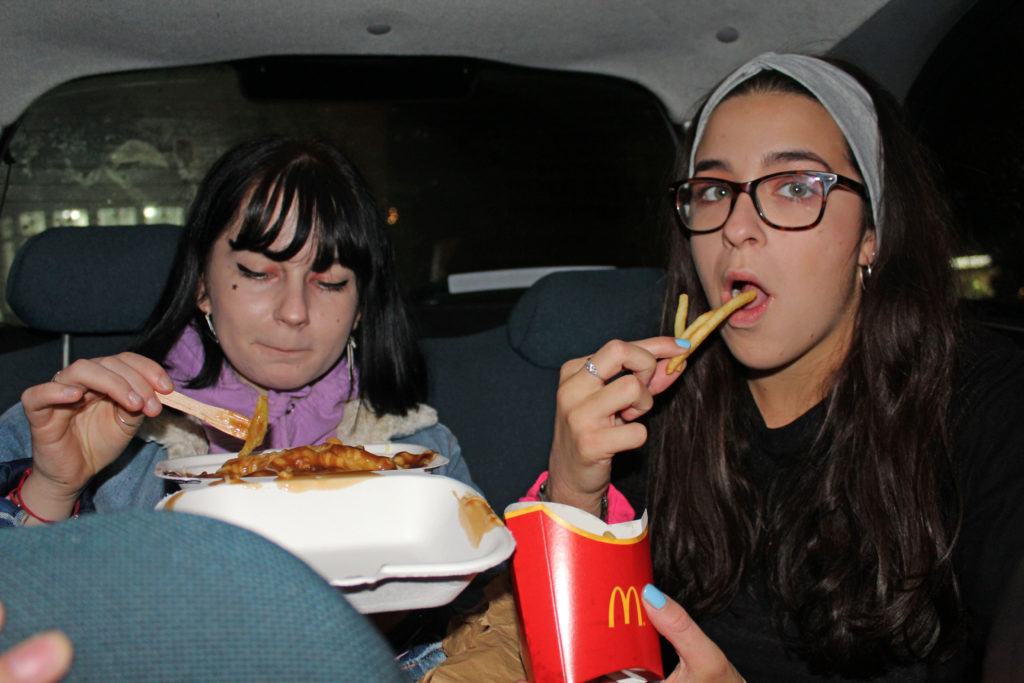
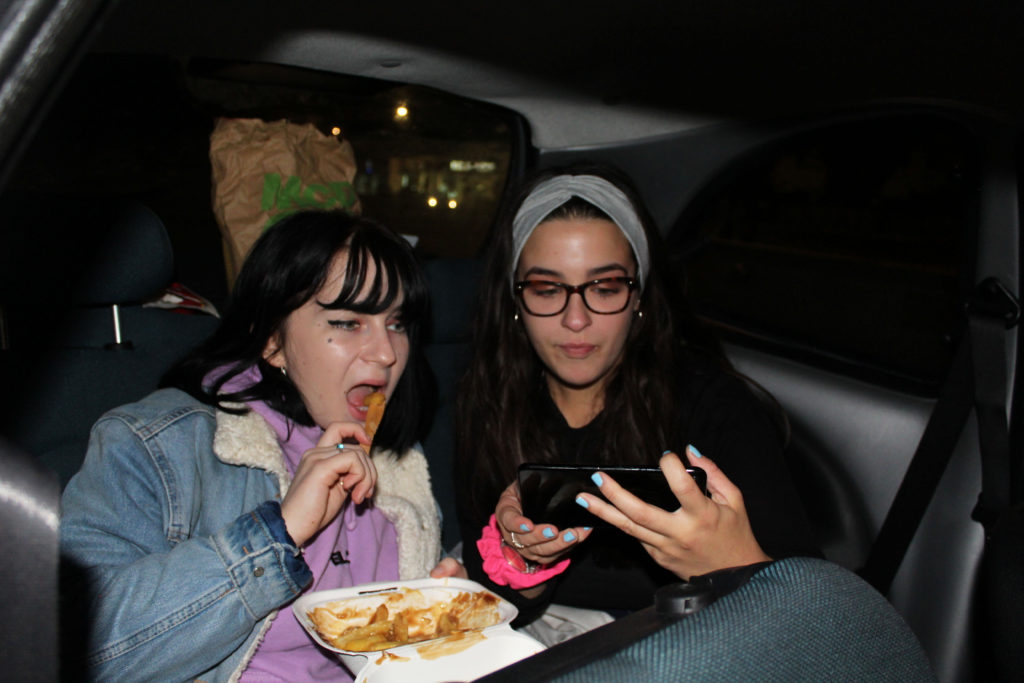
What is a detail shot?
Detail shots usually tell a story of a situation by focusing on a certain detail/ small detail of a large picture.
Detail Photography- Martin Parr
Parr was born 1952 on May 23rd and is a British documentary photographer and photojournalist who is known for his photographic projects which have certain looks on modern life and document particular social classes all over England. He constantly flows images which are released by the media and the photographs allow us to see the world from a unique perspective.
His images are regularly described as exaggerated from the heavy edits and posed images, some even describe a few of them as grotesque due to the motif’s he chooses are strange, along with the color choices being unusual. His images are that overwhelming that they can also be seen as ‘propaganda’.
Mood Board of his Detail Shot Images
His Style
- Takes images in colour
- Different Depth of Fields used
- Images of both people and objects
- Images usually by the seaside/ outdoors
- High shutter speed usually used
Image Analysis

Technical analysis- A simple camera setting has been used in this piece which has allowed for the detailed shot to be done properly and make it successful. It seems as if a flash lighting has been used on this image due to the colours being very bright while having small shadows on the background. The flash is creating a a warm tone due to the low ISO being used. They’re also seems to be a hight shutter speed used as their is no intended blur. The doughnut is also the main focus of this image which is placed in the hands with a small depth of field to make the doughnut pop.
Visual Analysis- Their is a image of a child holding a sugared doughnut which has been bitted into at the top. The doughnut is placed in the middle of the image, however the image is fully in the frame which is helping to draw us into the photograph. The main focus is clearly the doughnut which is suggested because of its central positining of the food in the frame. The frame of the photo also tells us about the image, as the small hands are representing a child, as well as the dirty fingernails which a grown adult would. to normally have. The vibrate coloured coat also suggested childless and the grip the child has on the doughnut which is vert tight, suggests he/she is excited.
Conceptual analysis- In my personal opinion, Parr wanted to capture modern life which is clearly shown in the photograph.
Planning my Photoshoots
I plan to use Martin Parr as a heavy influence in my images, a plan to take detailed pictures of elements which I find interest me.
Unedited Best Images
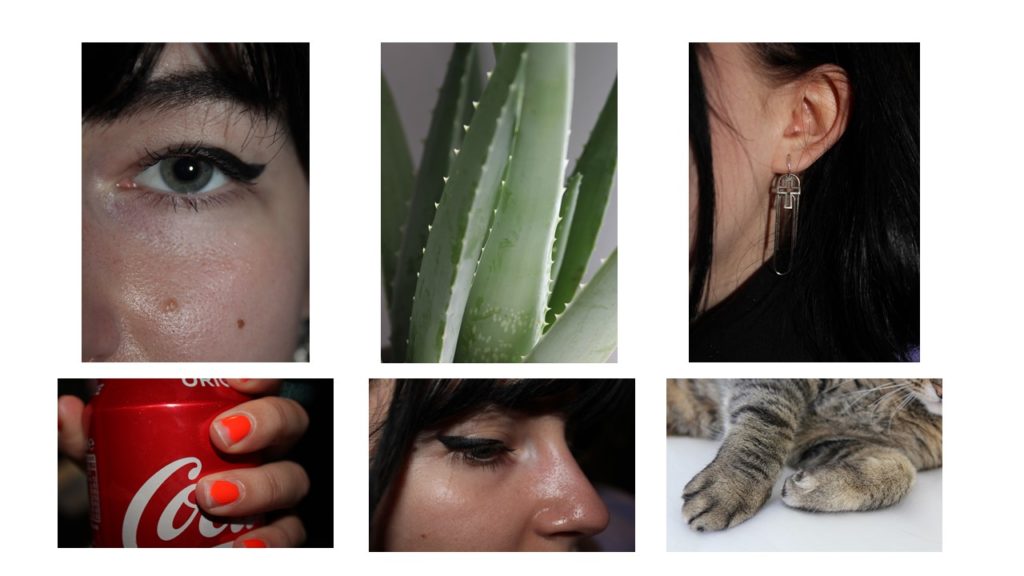
Edting images plan
gggg
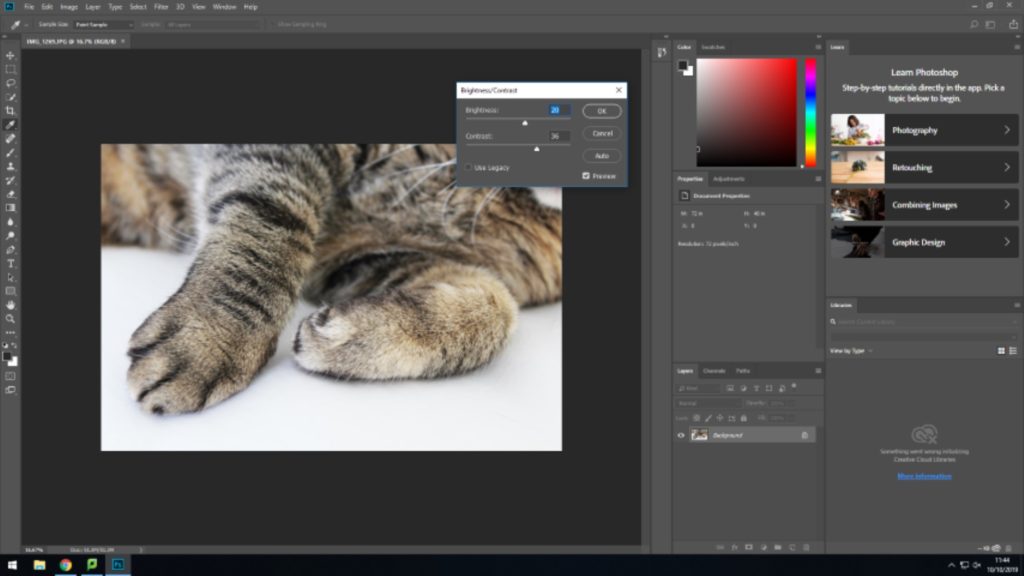
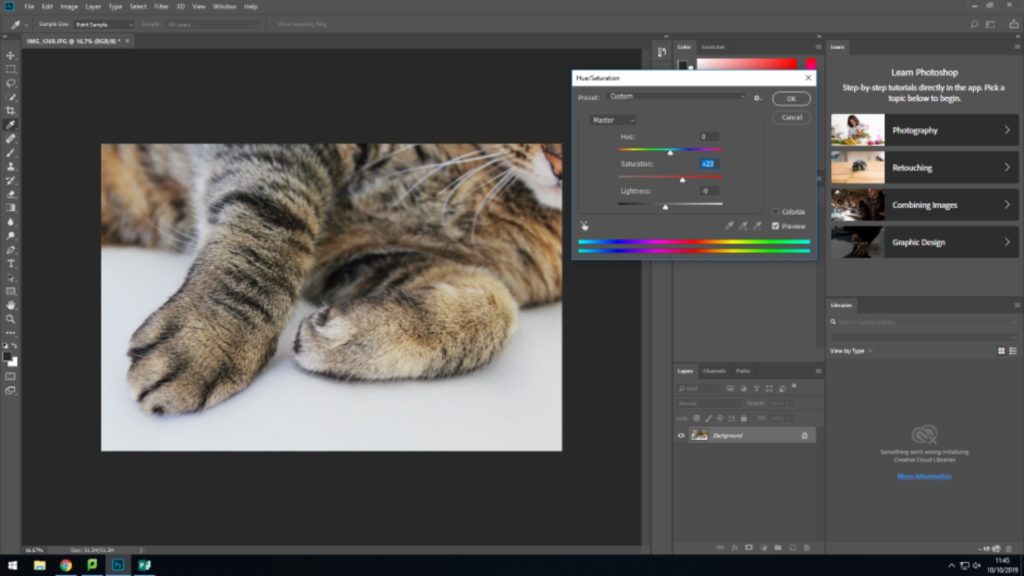
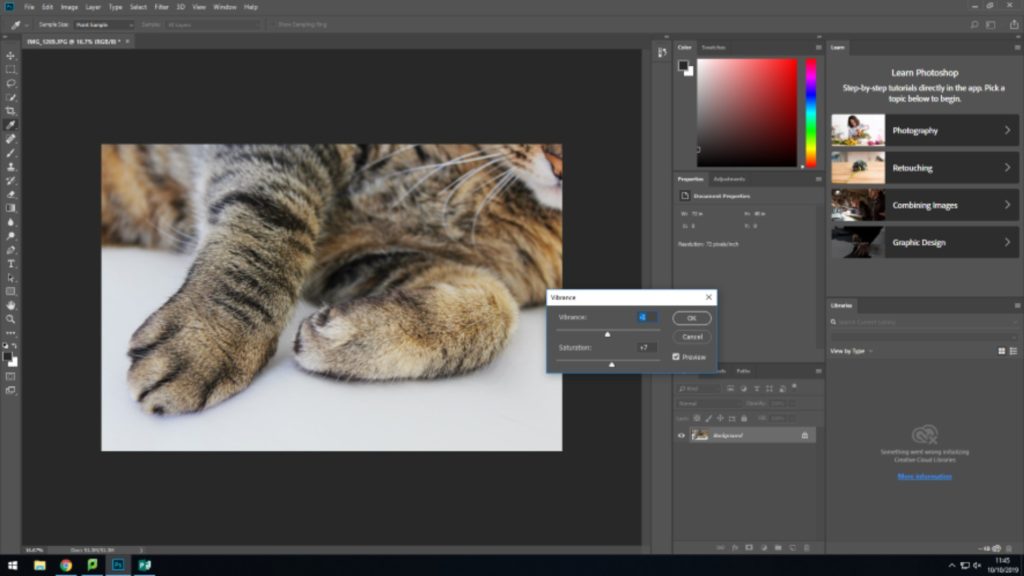
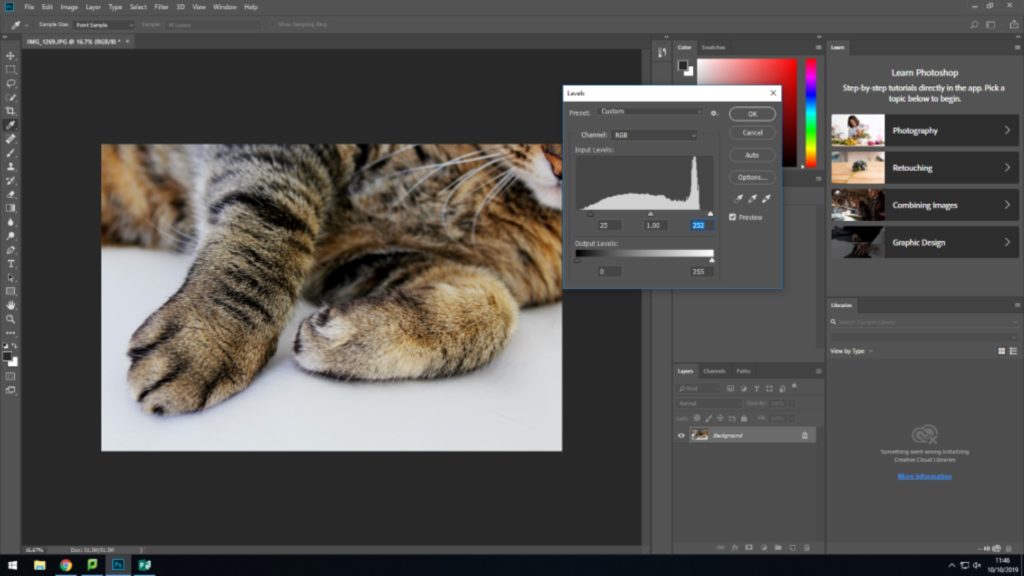

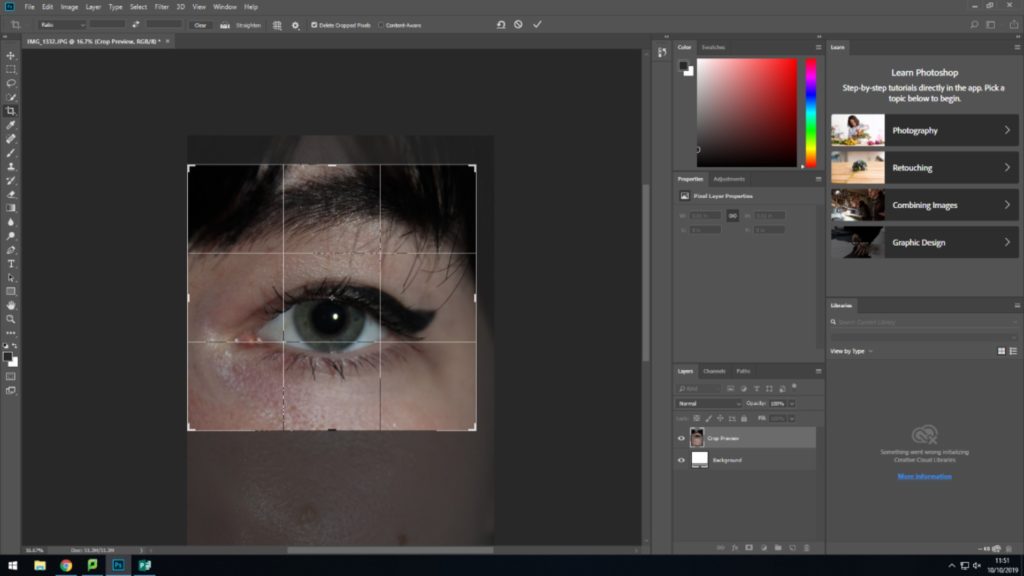
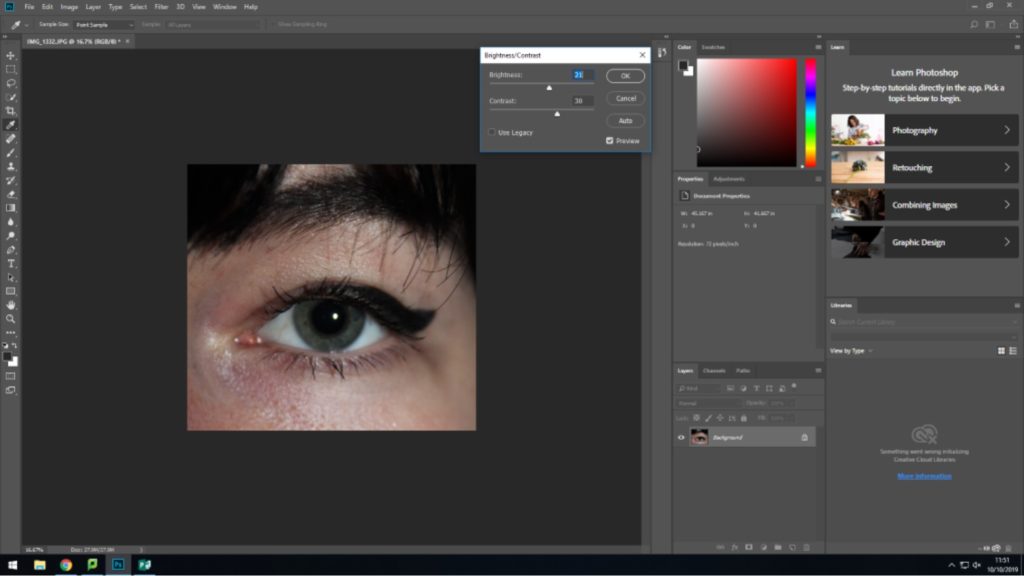
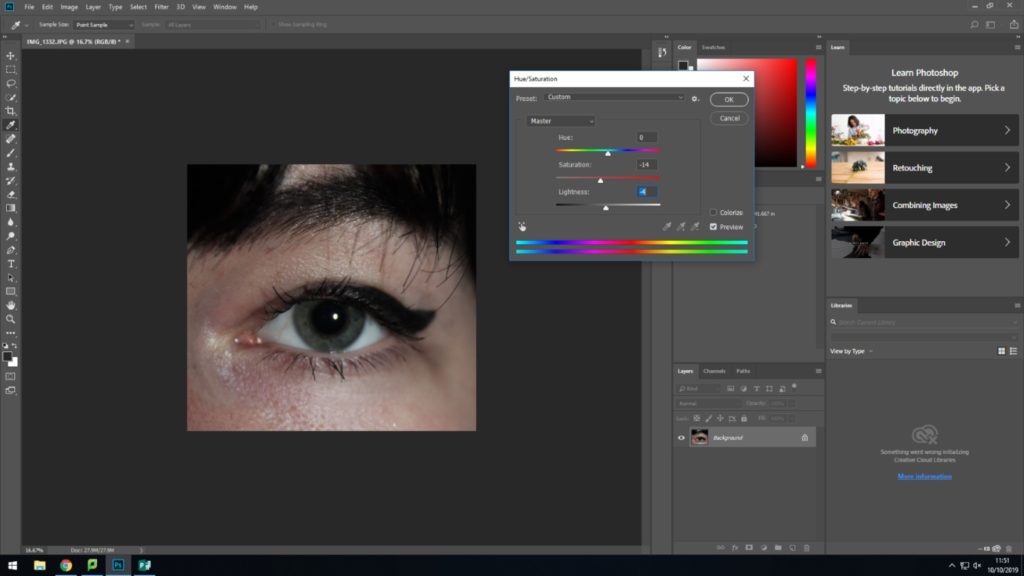
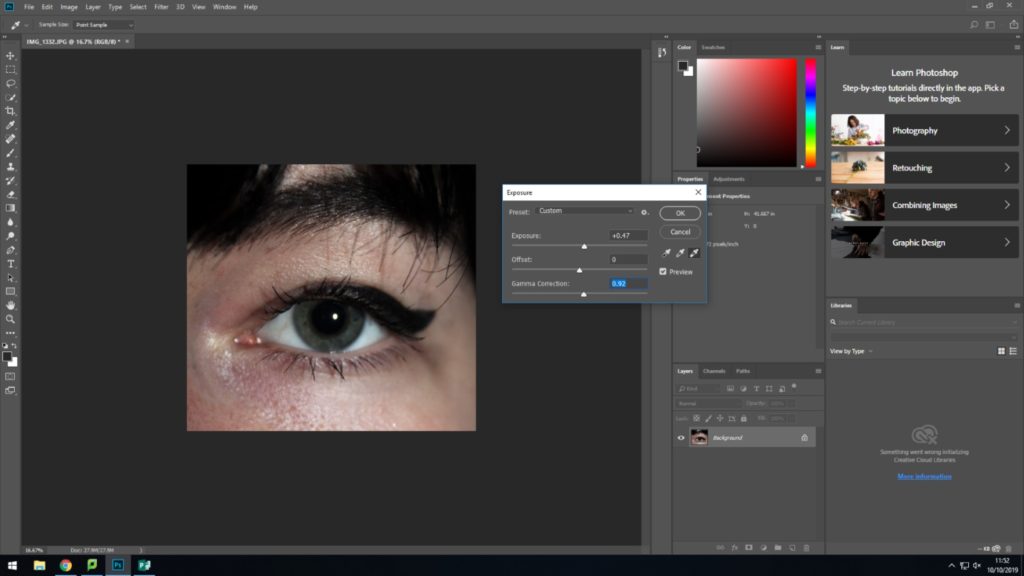
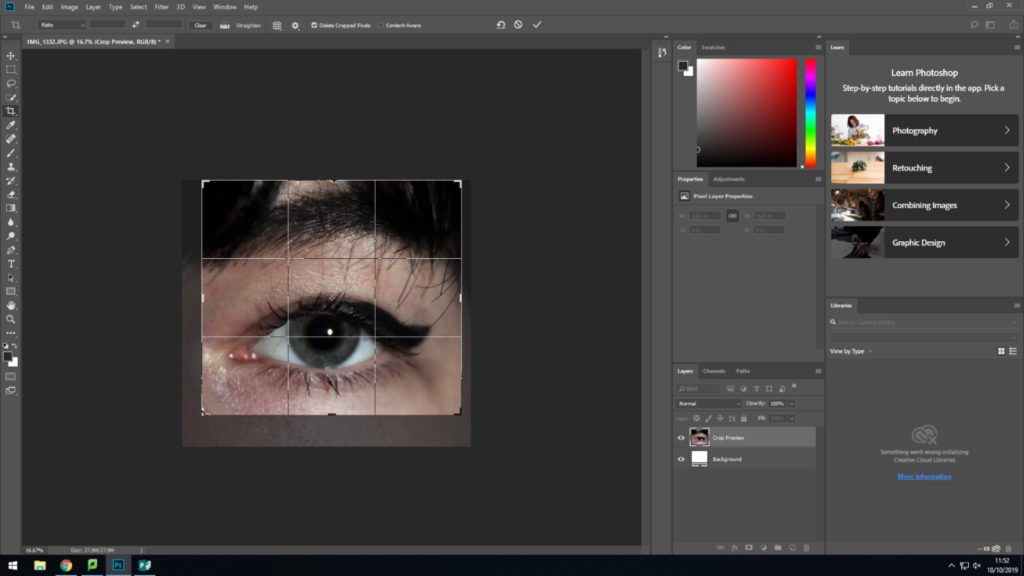
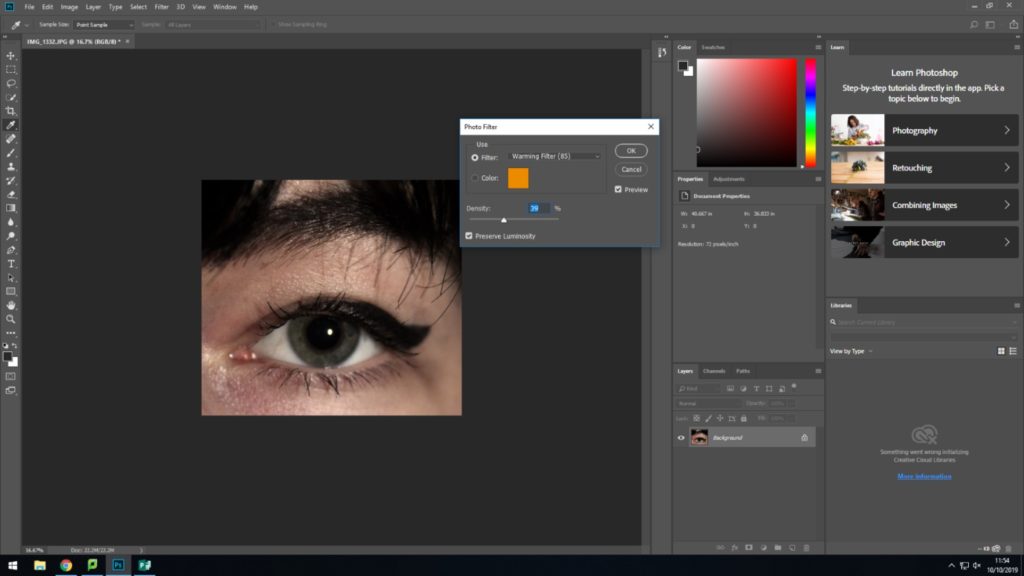
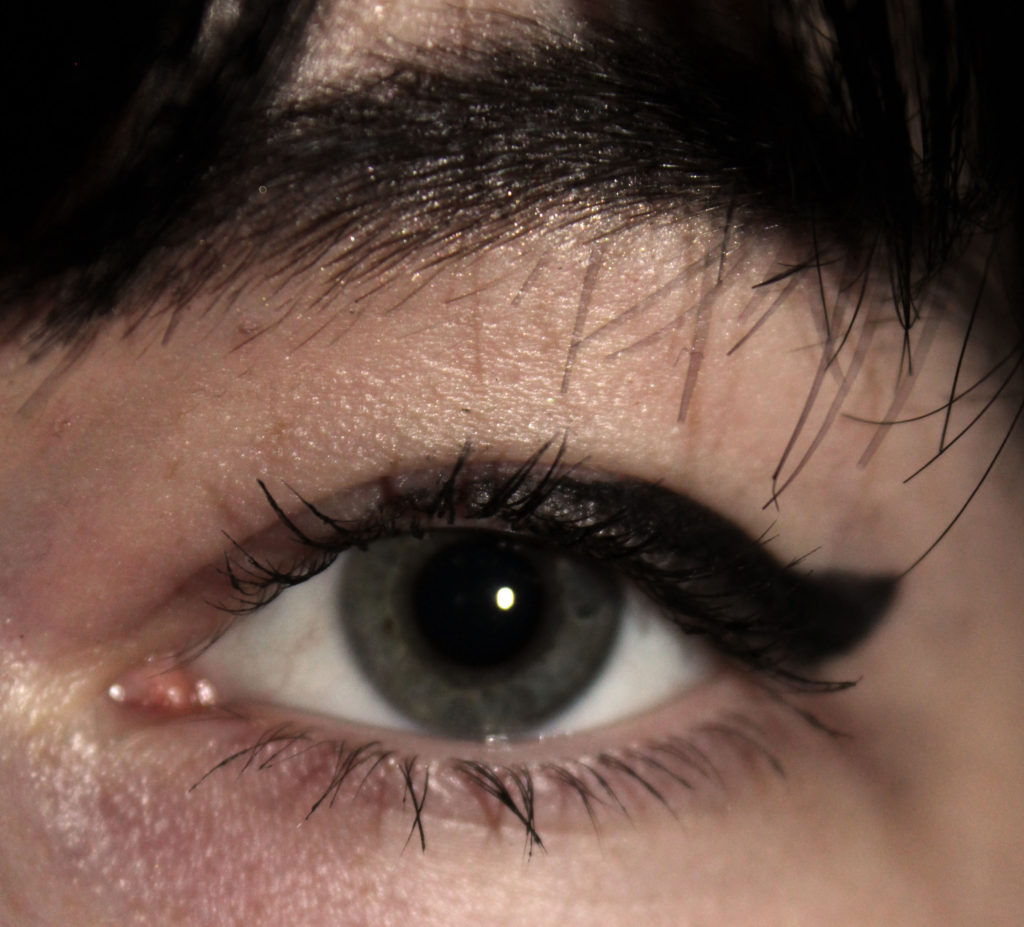
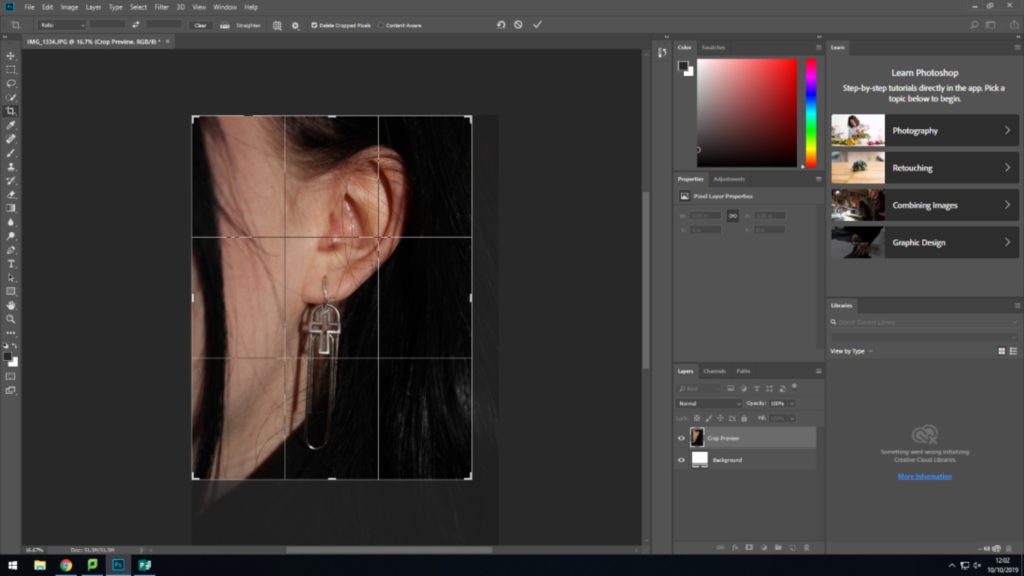
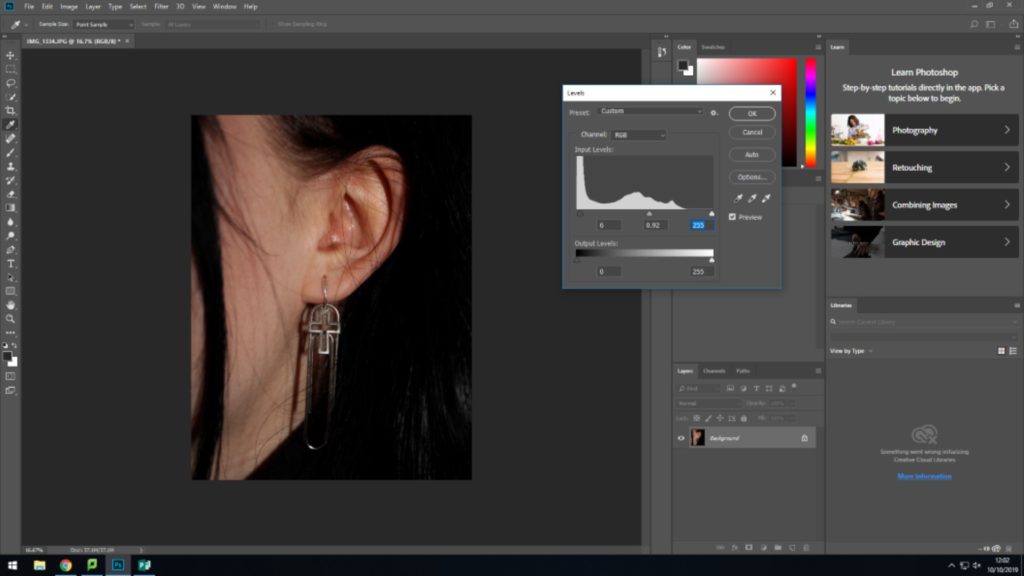
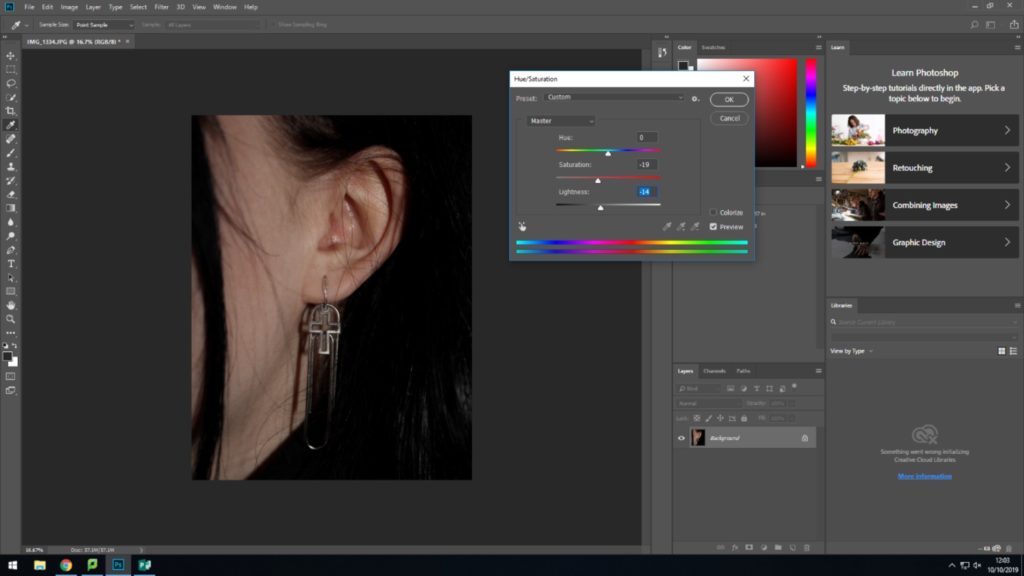
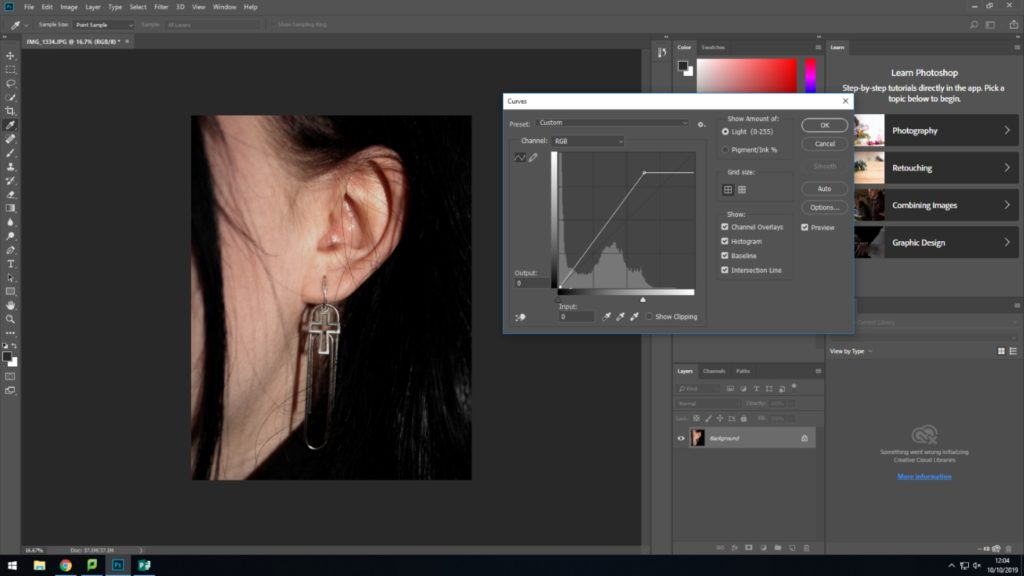

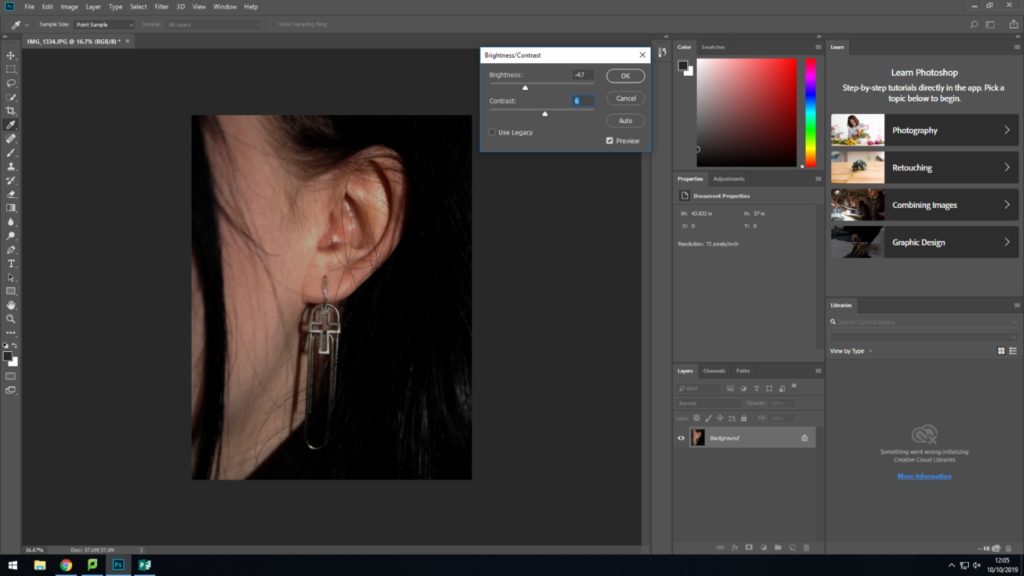
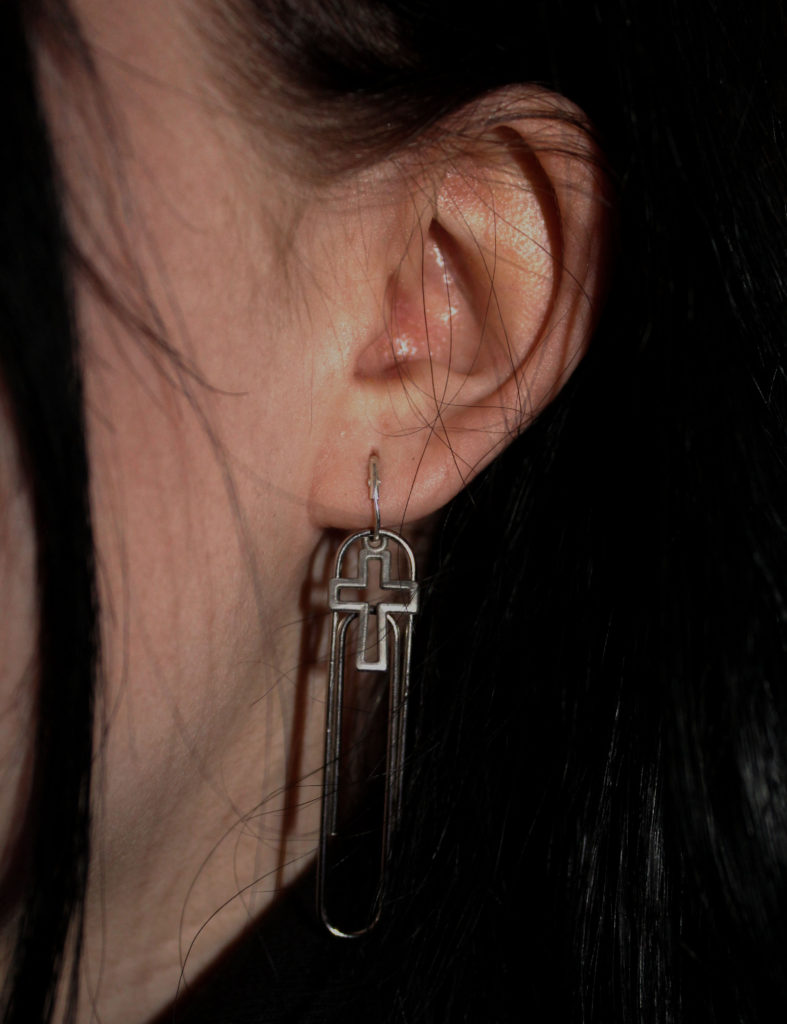


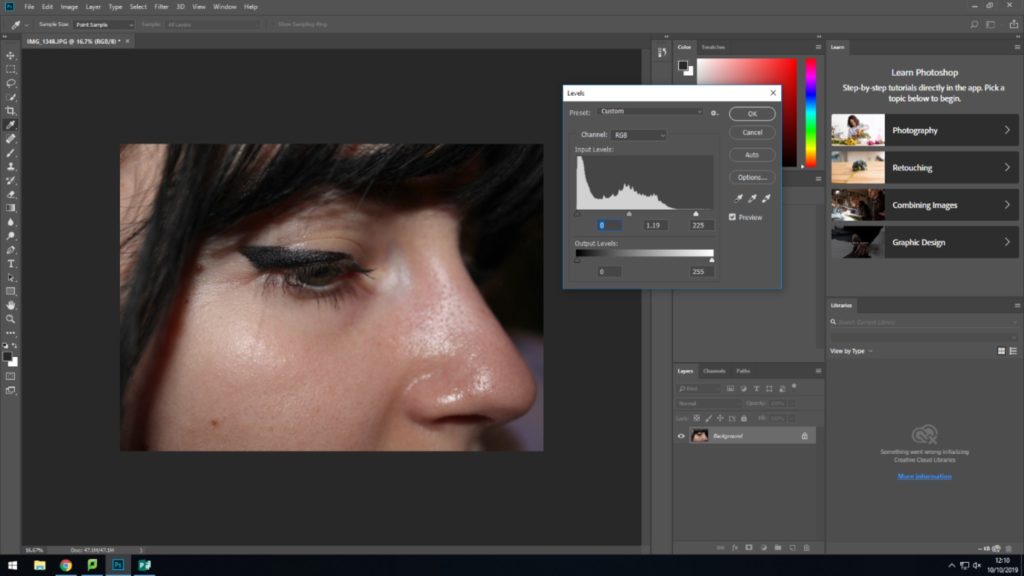
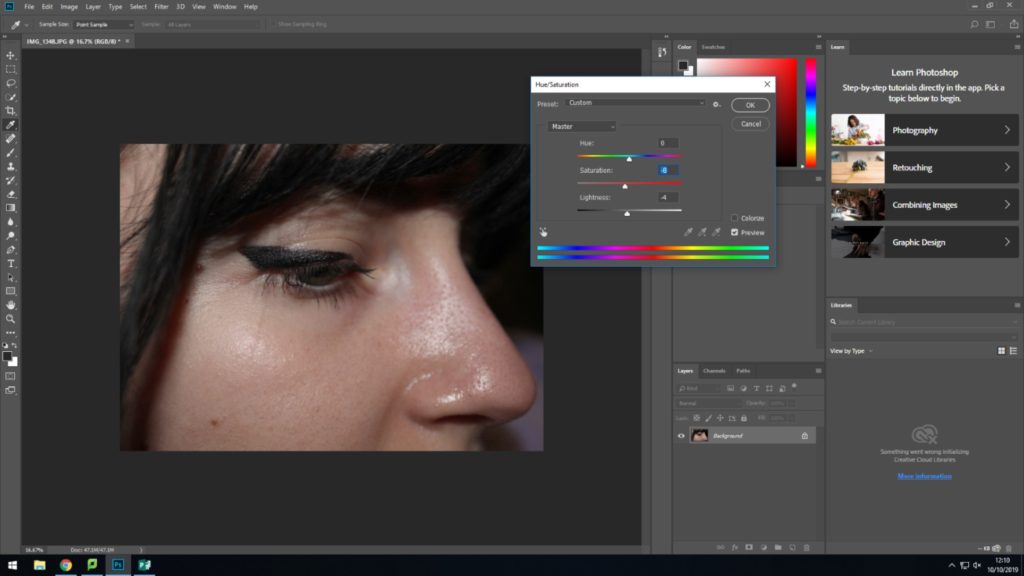
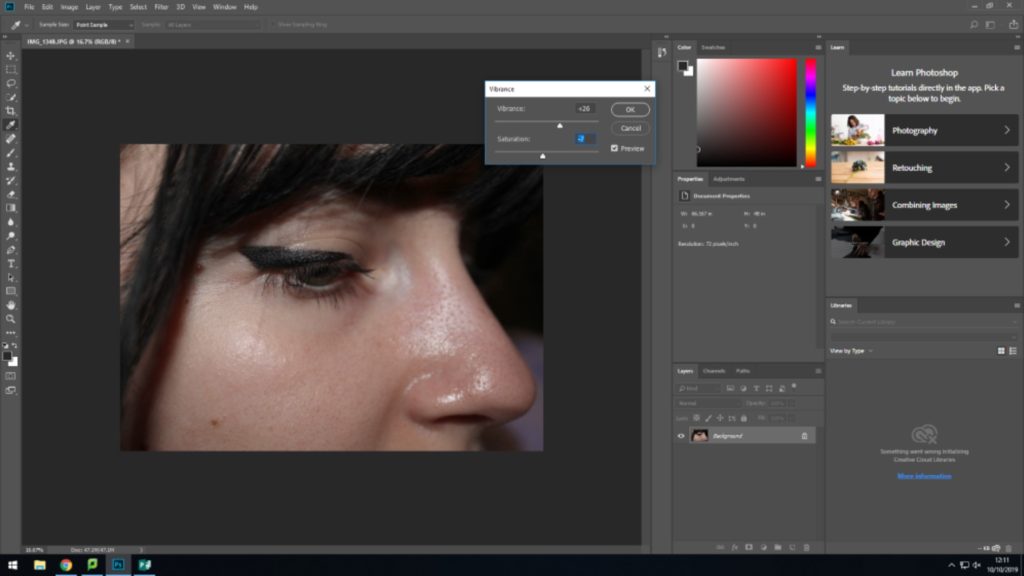
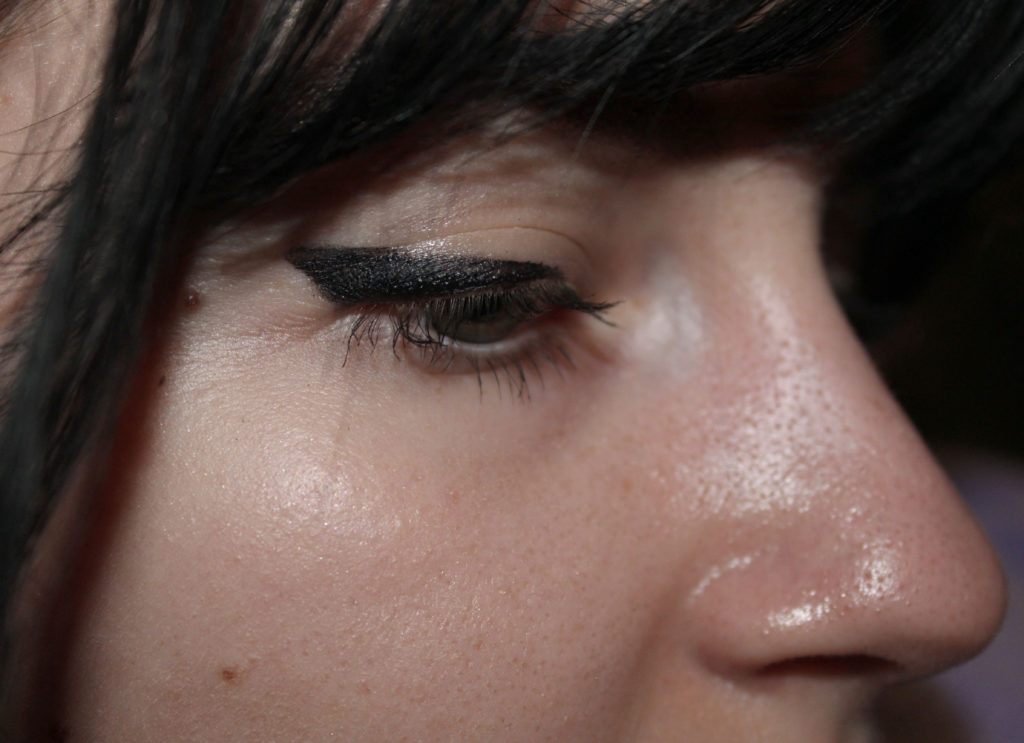
Editing my images
I have done small edits to my images as I want them to look as raw and non edited as possible. I have mostly cropped the images to be able to focus of the detail of the pictures more, I have also changed the brightness, exposure, off all the images in order to give them the same feel. These elements allowed me to create darkness in the small amount of backgrounds in the image, as well as the highlights being able to be seen more clearly.
Overall Best Images




